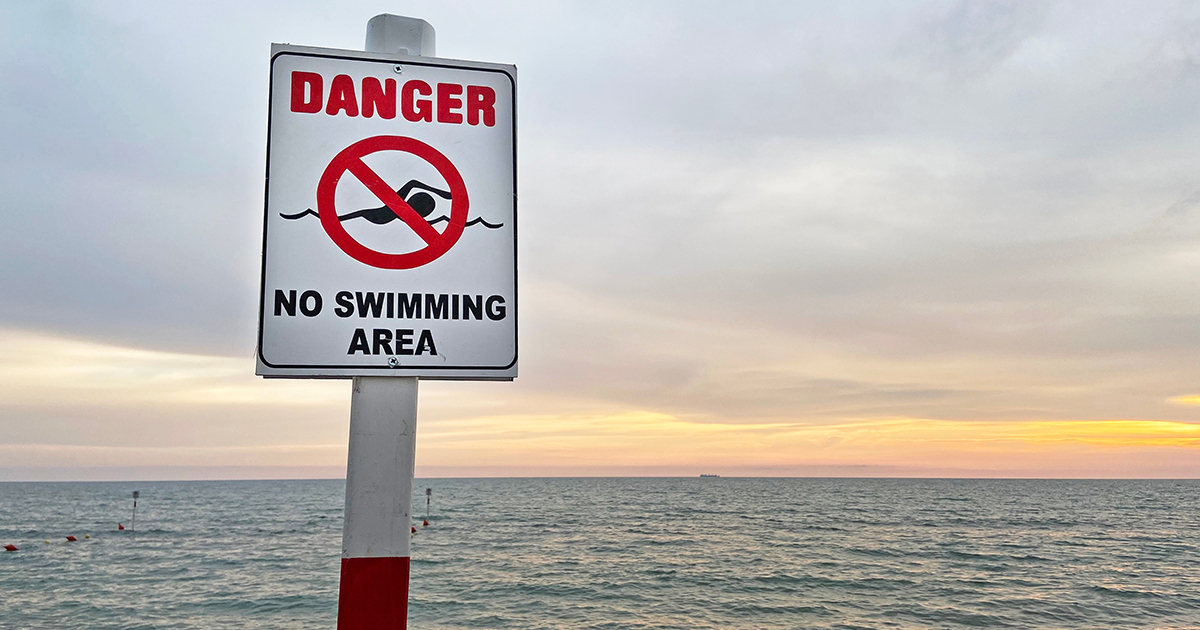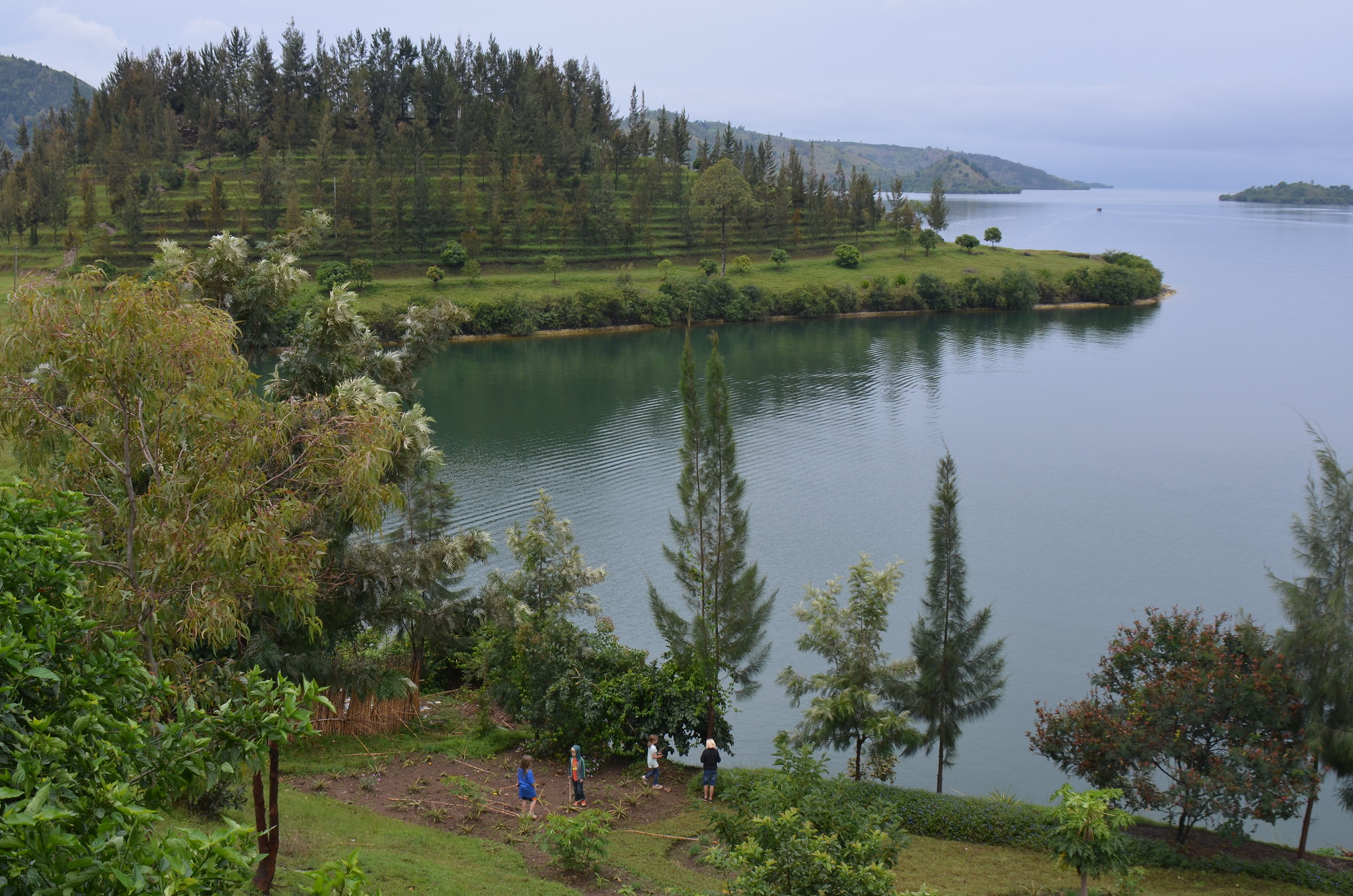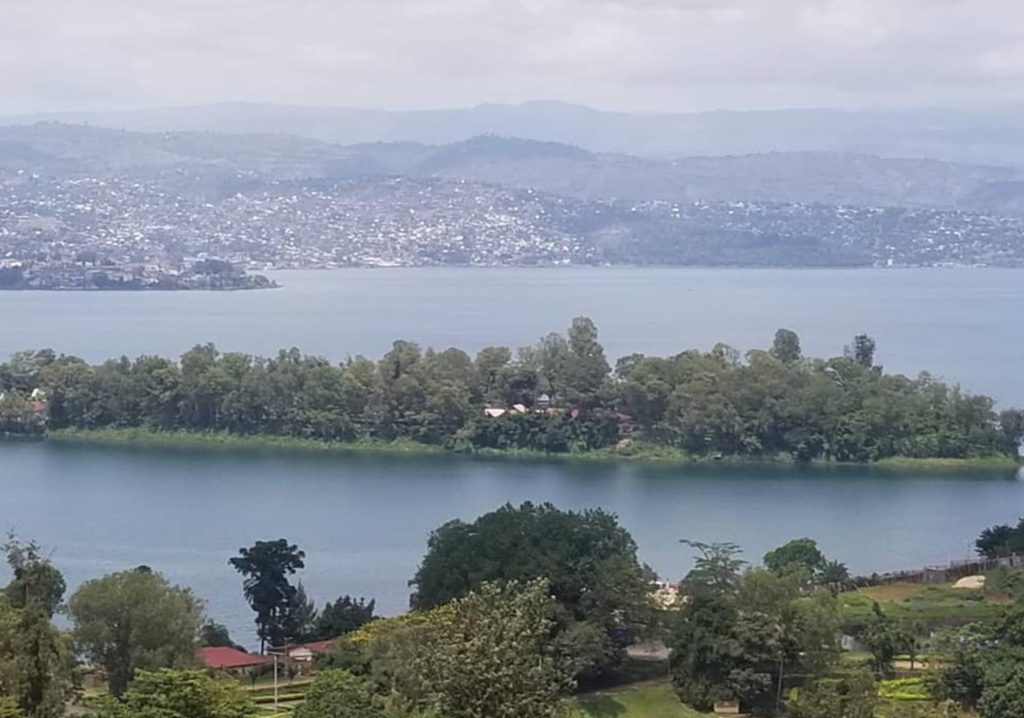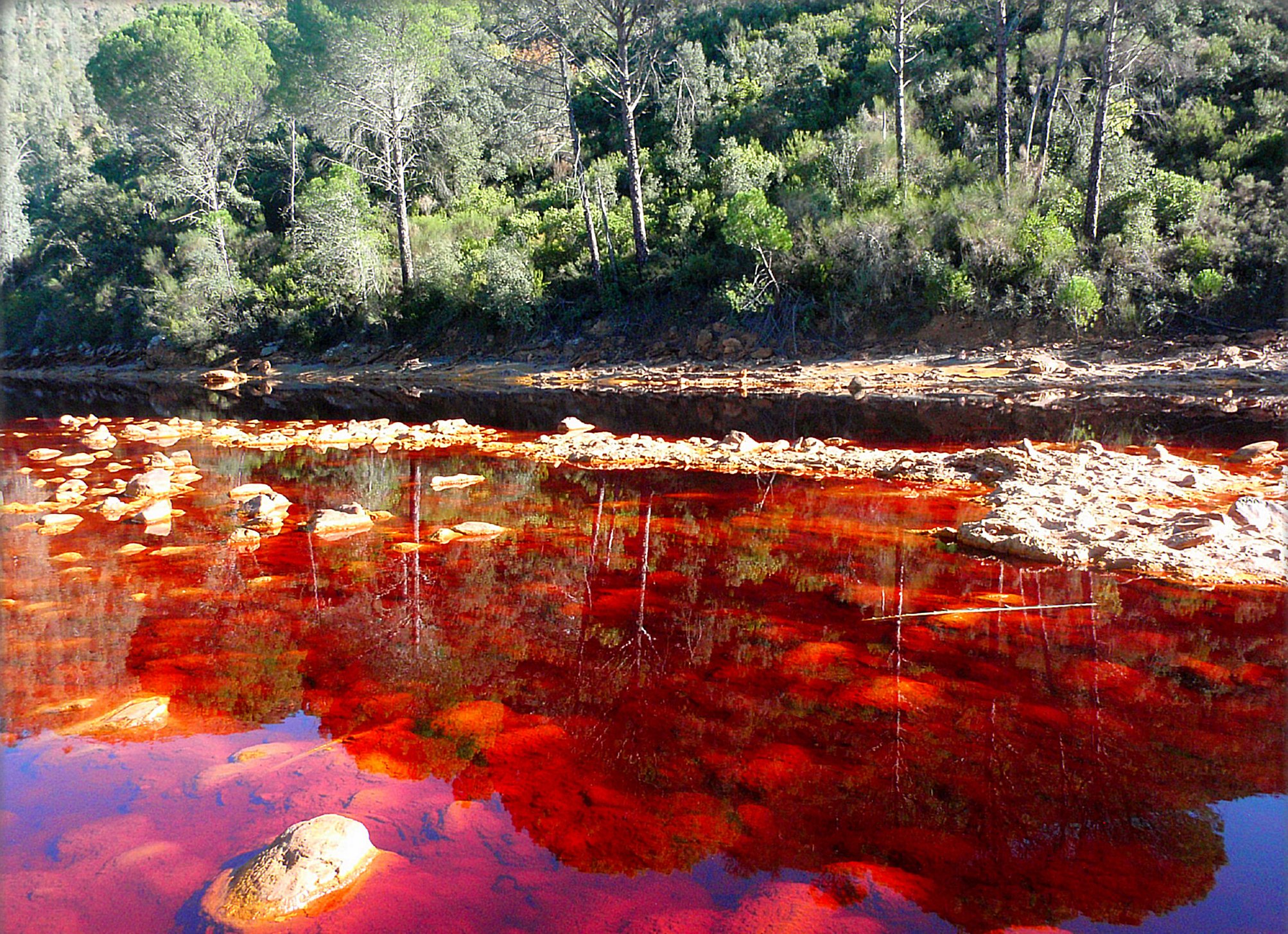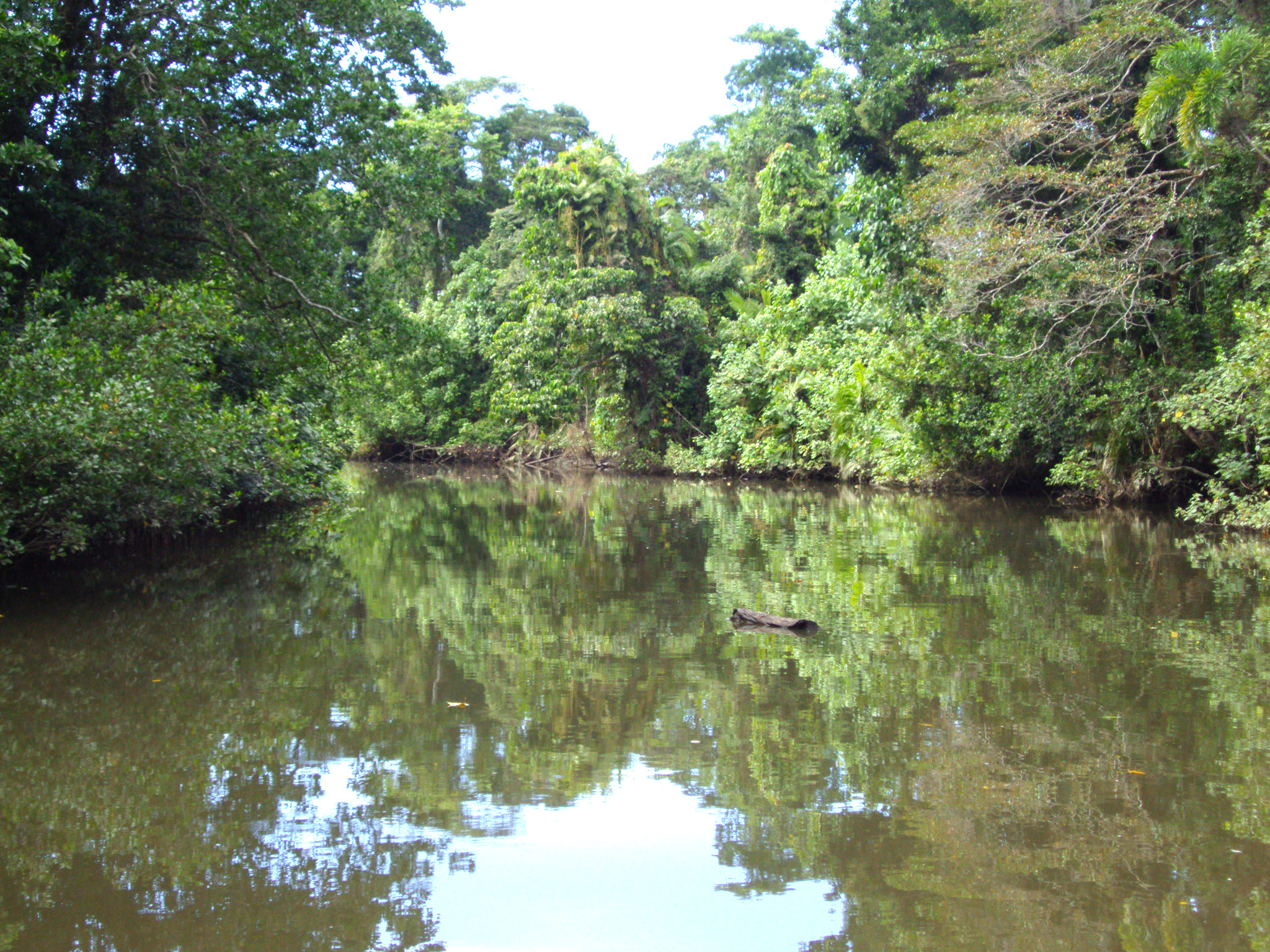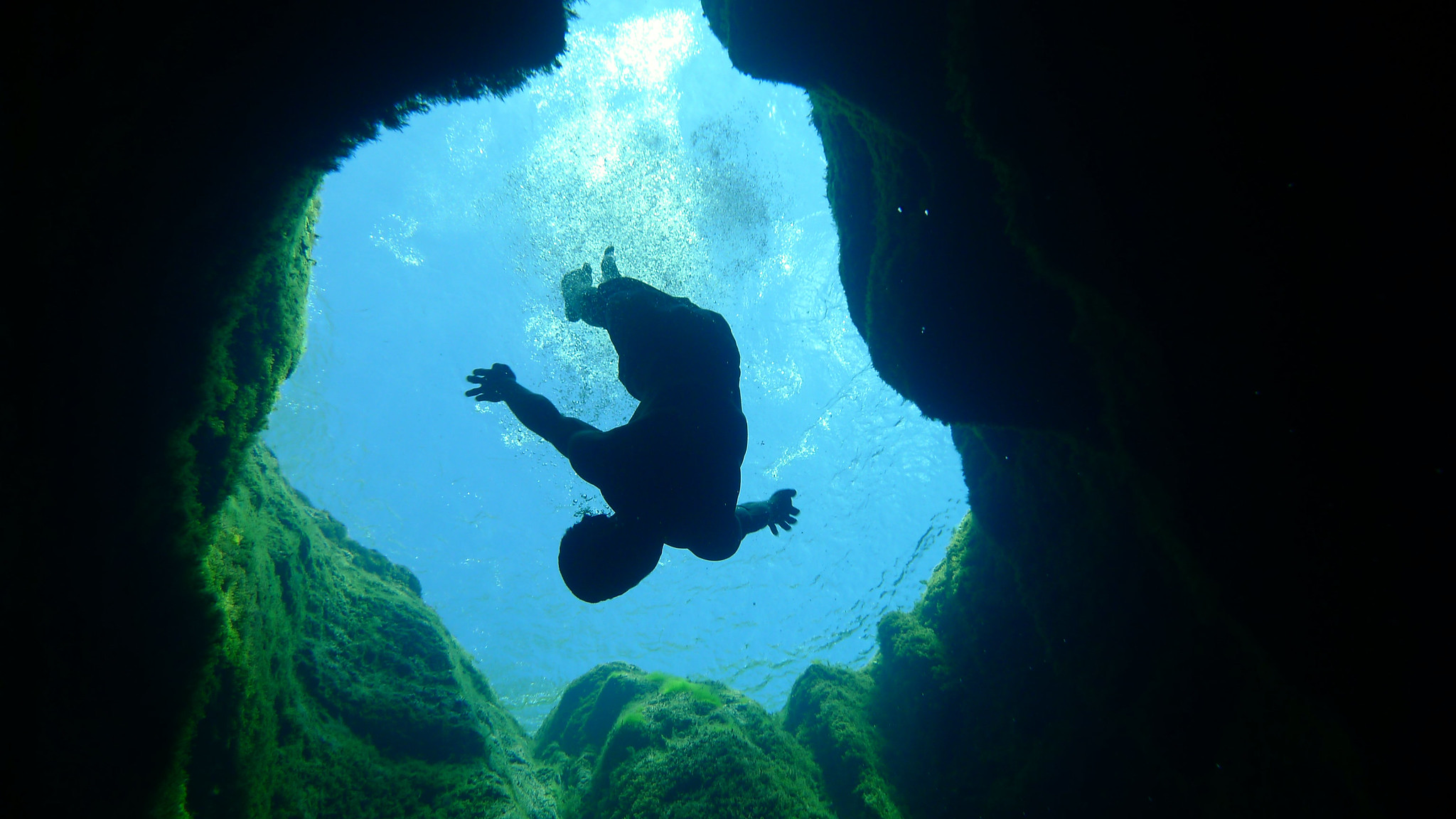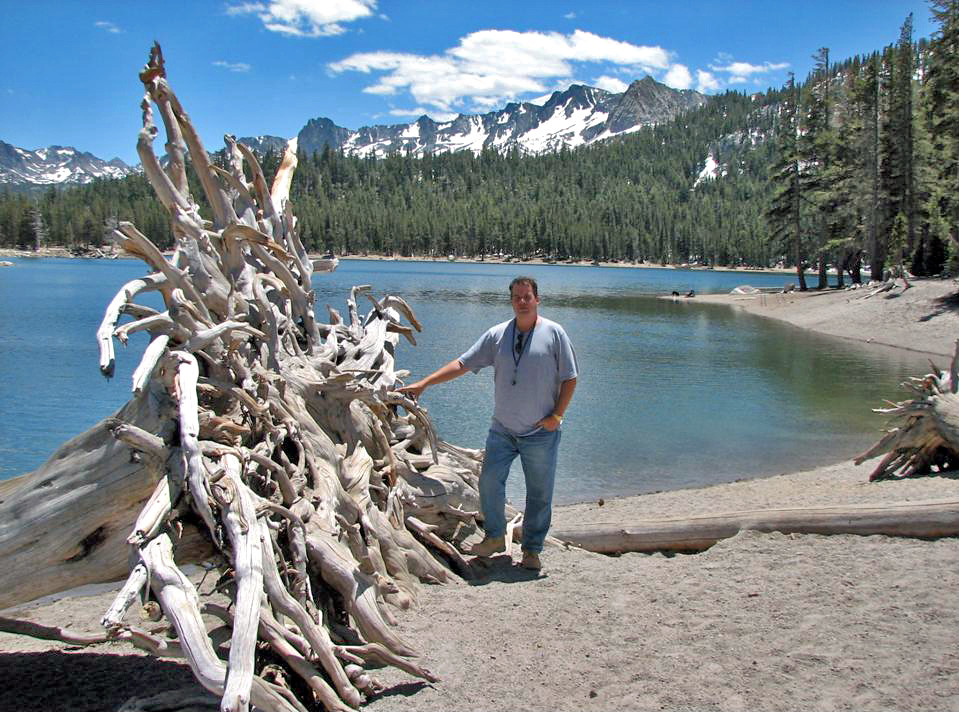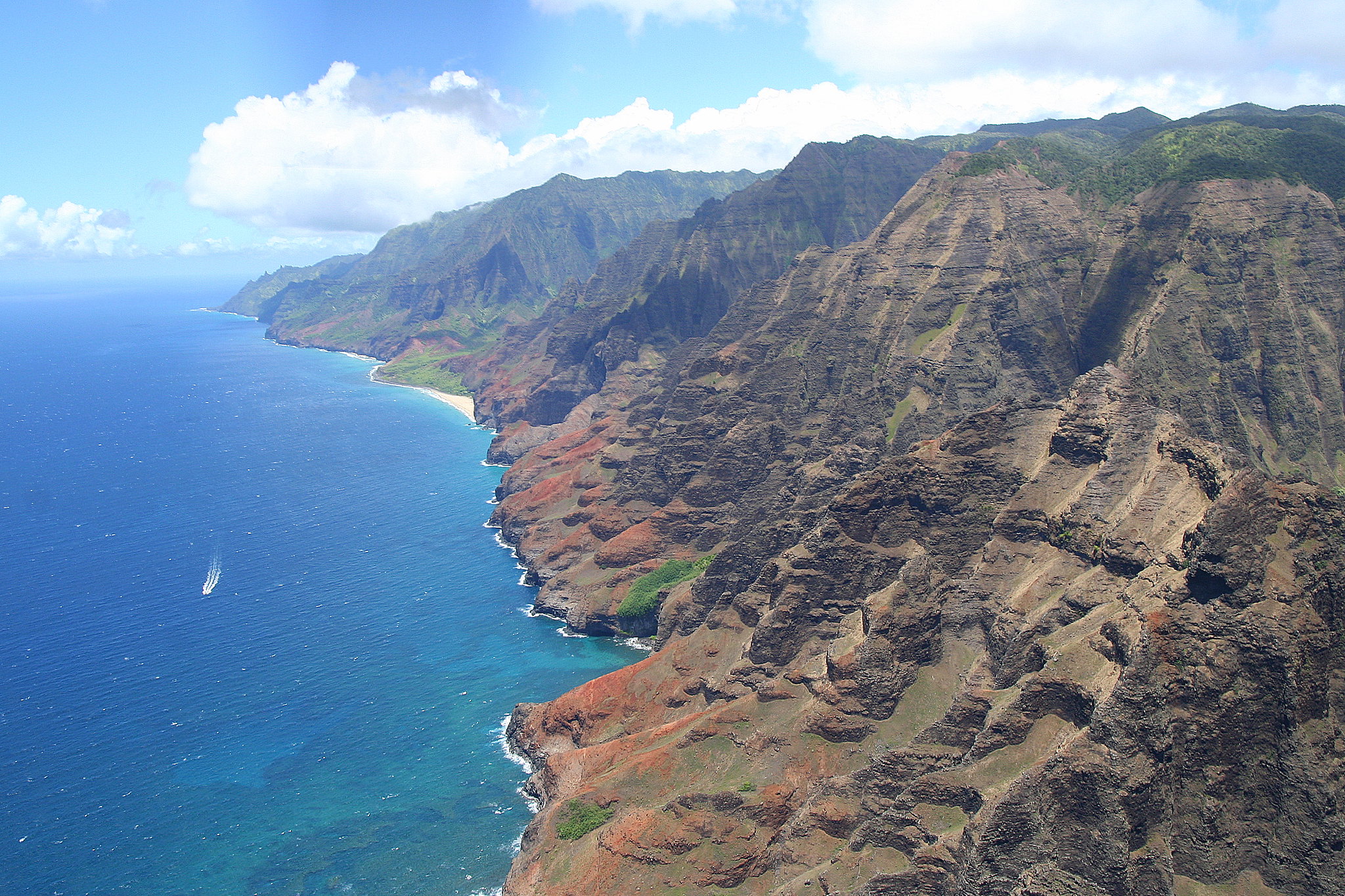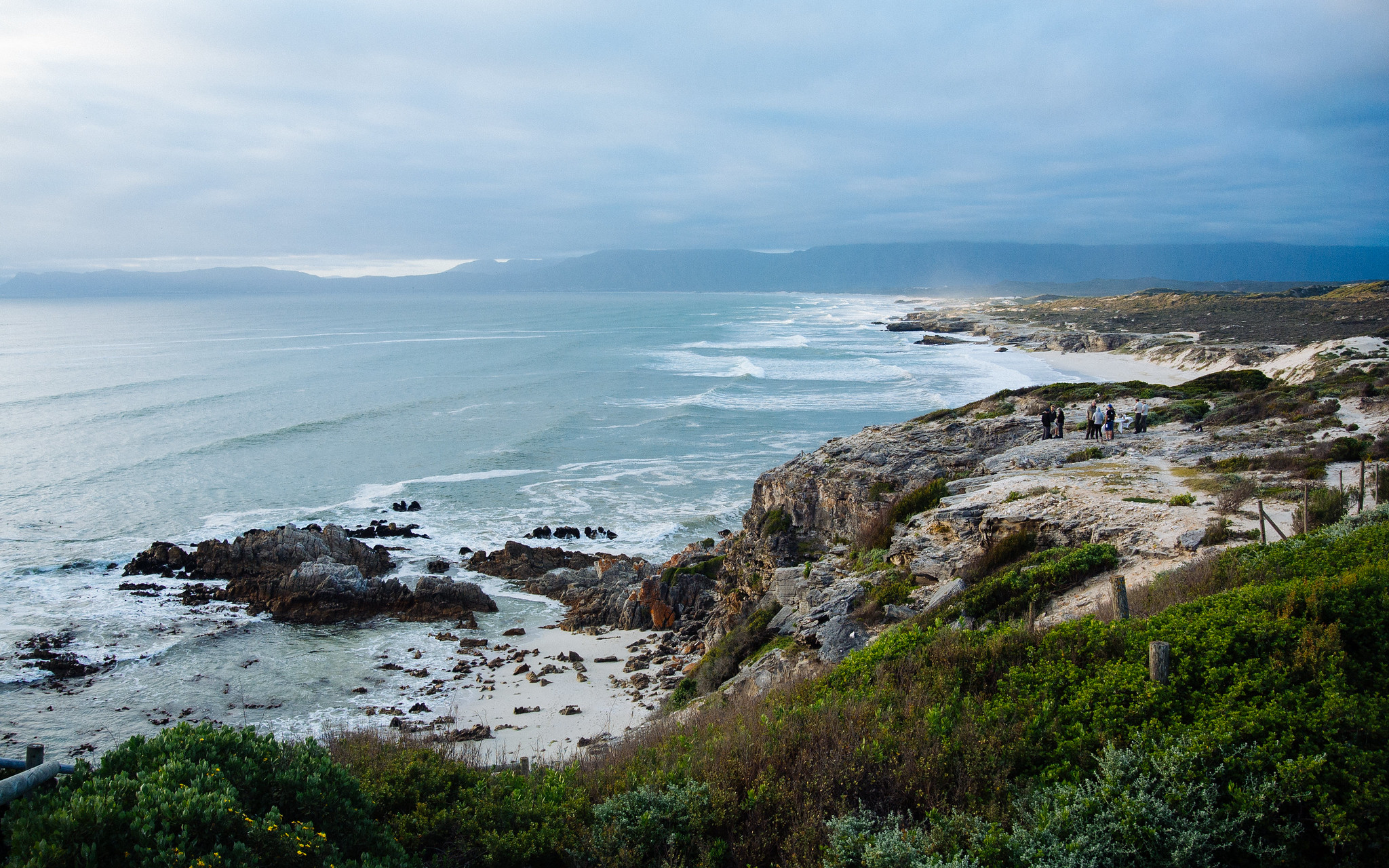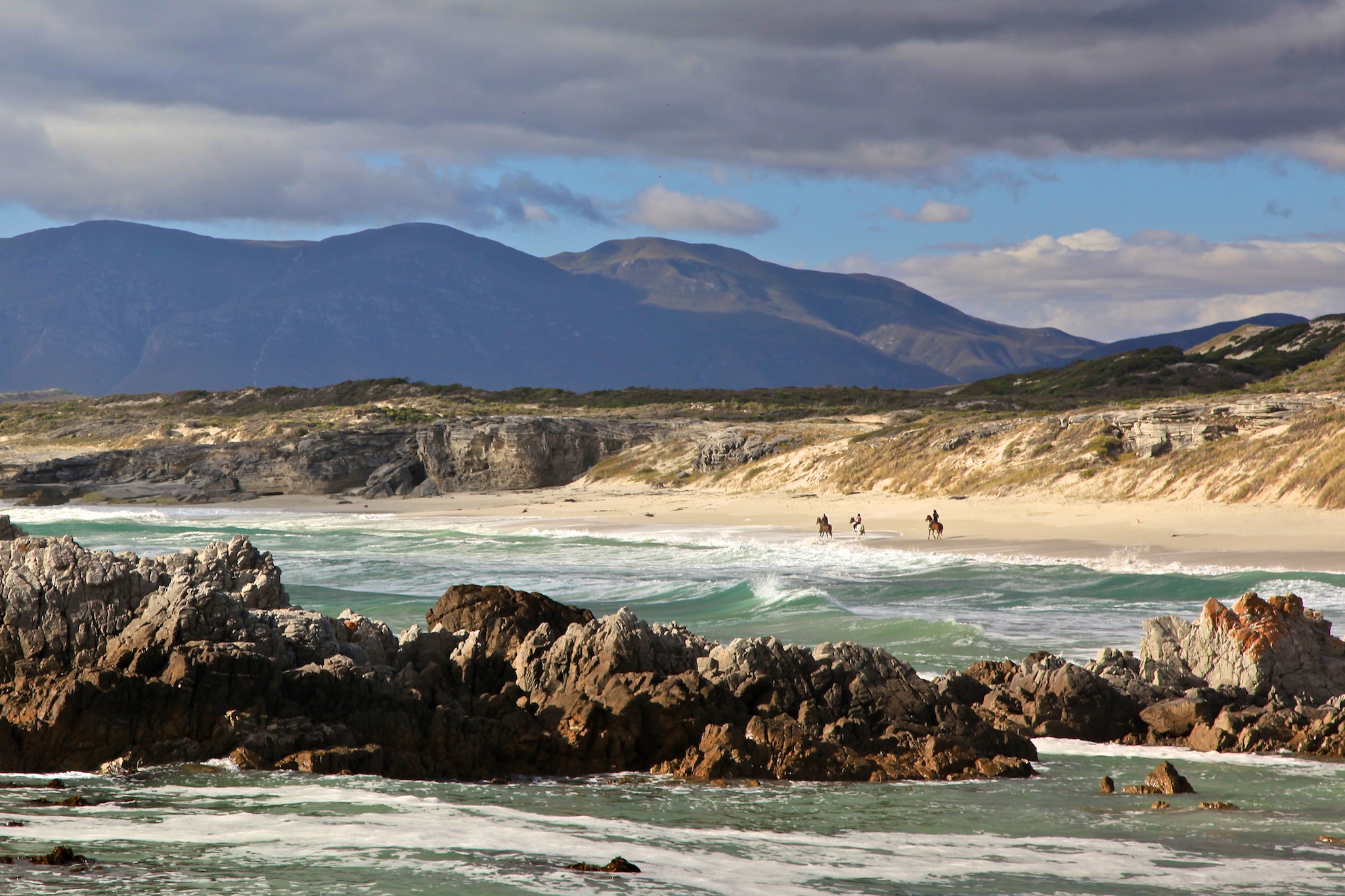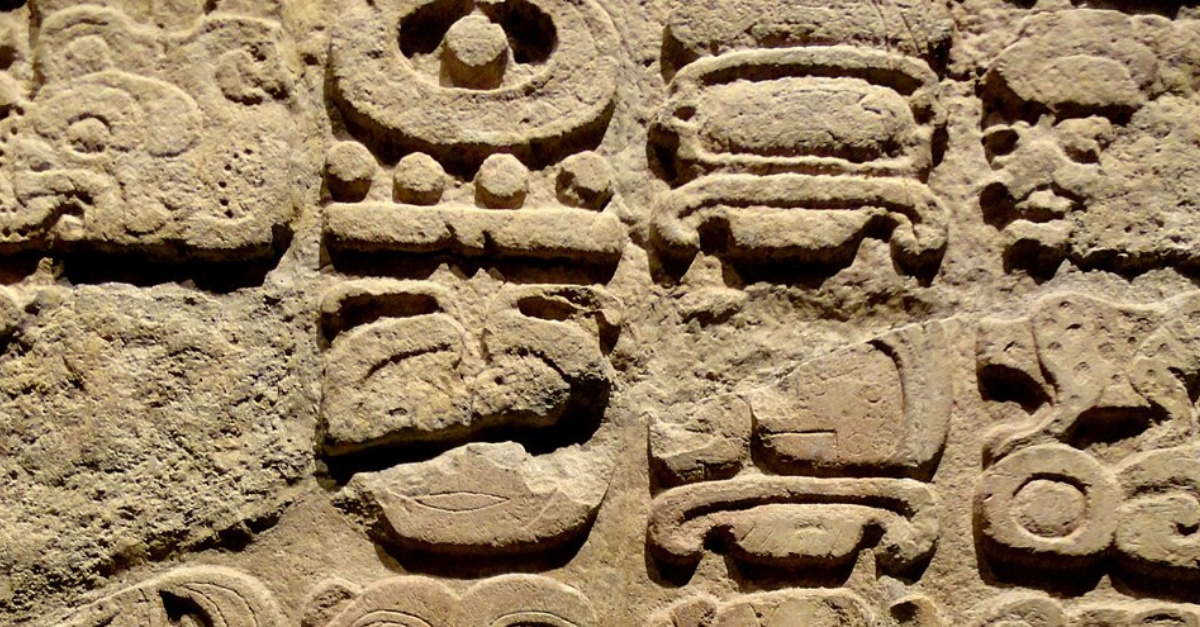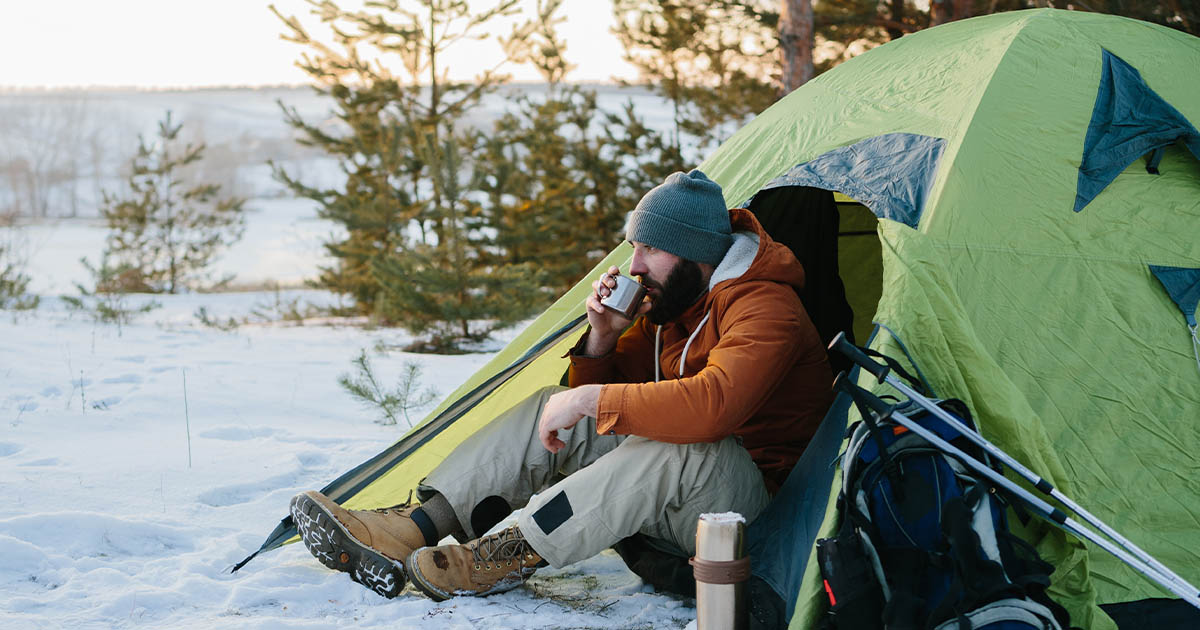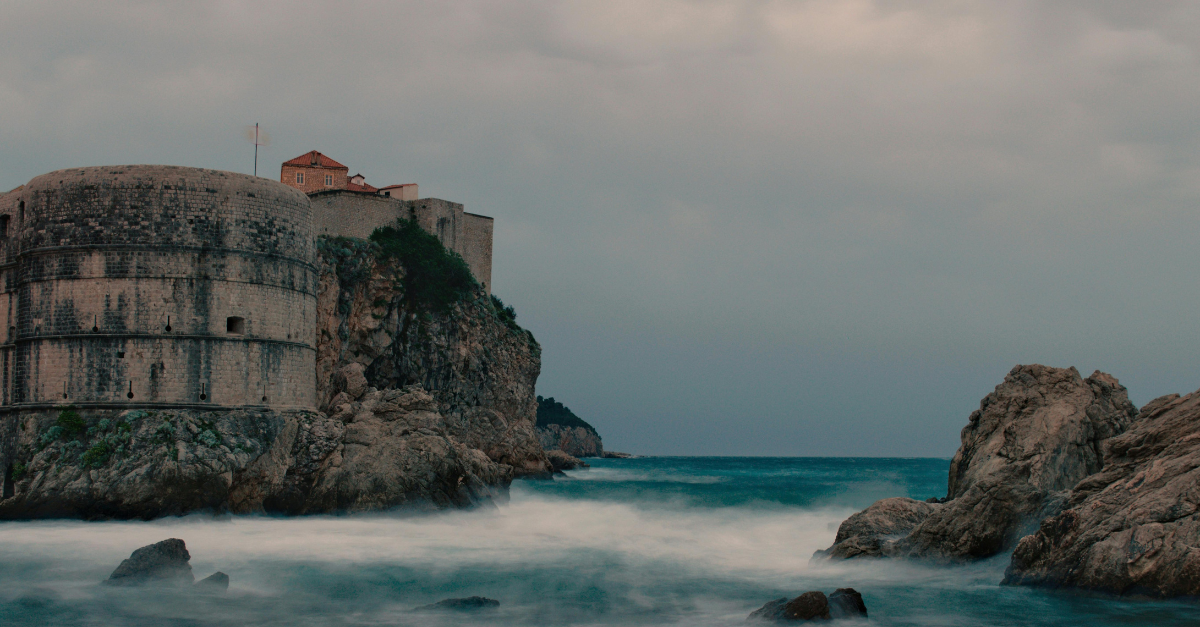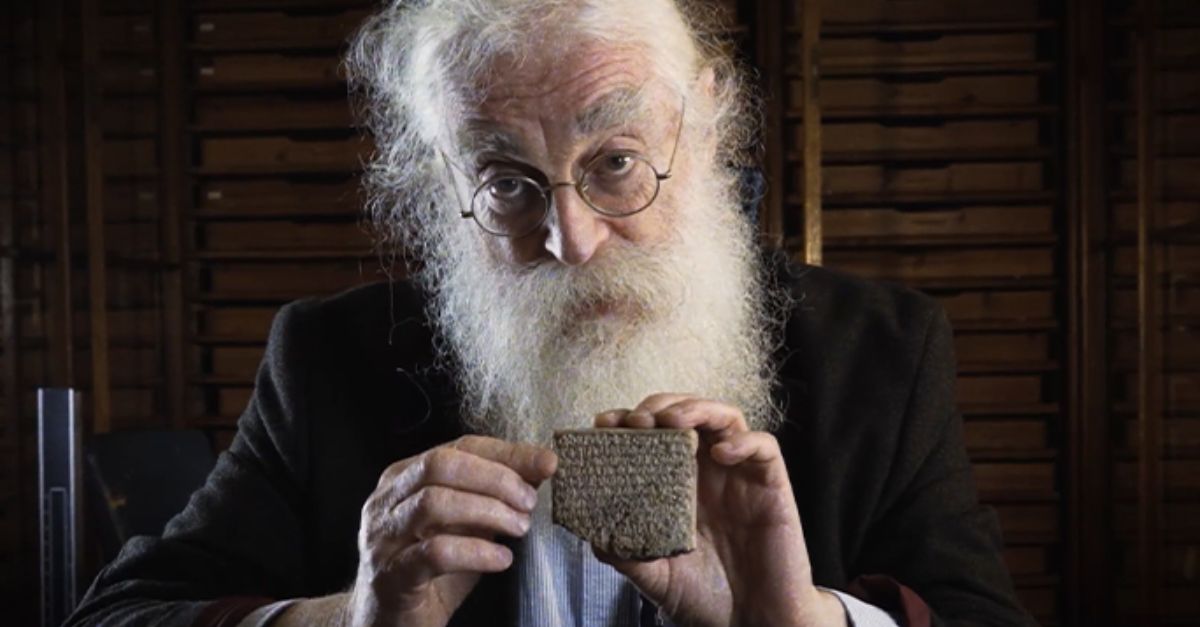14 Of The World’s Most Dangerous Places To Swim
When looking for adventure, the allure of pristine waters can be hard to resist. But looks can be deceiving. Some of these tranquil treasures may look calm and cool on the outside, but under the surface is a whole other story.
From deadly wildlife and fatal rip tides to lethal temperatures and toxic gasses, these 14 beautiful bodies of water are more dangerous than they look.
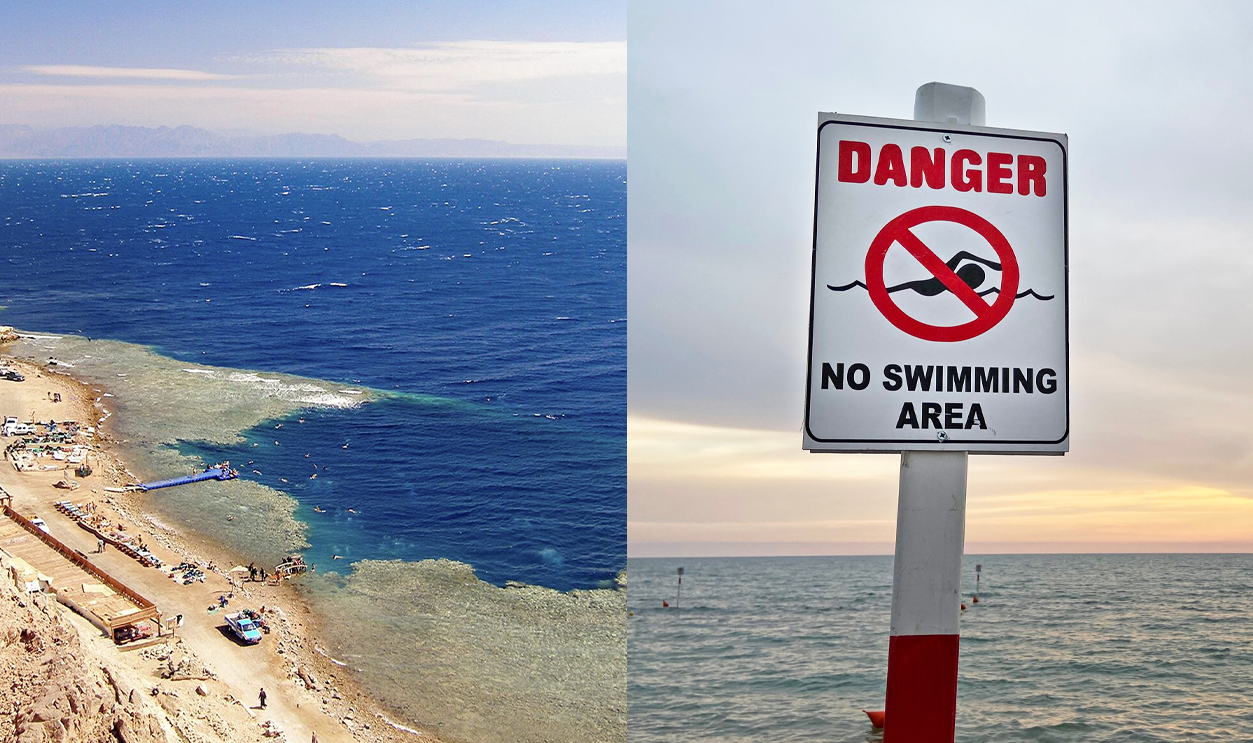
Bolton Strid, River Wharfe
North Yorkshire, England
Bolton Abbey is a ruined 12th-century monetary nestled in the midst of the Yorkshire Dales. It’s a picturesque location, complete with a gurgling stream.
The little Wharf makes the scene. It’s as beautiful as they come—but looks can be deceiving.
 Hugh Chappell, Wikimedia Commons
Hugh Chappell, Wikimedia Commons
Bolton Strid, River Wharfe
The Bolton Strid is a stretch of the river near the abbey and it is reportedly 100% deadly. Nobody who has ever gone in has come out alive.
The water level increases up to five feet per minute after heavy rainfall, and the river also gets significantly narrow at this spot—which increases the rate of flow dramatically.
Add on several rocky outcrops, overhangs, and deep caves below the surface, together with the strong undercurrents, and this stunning little stream is a nightmare underneath—and one of the deadliest in the world.
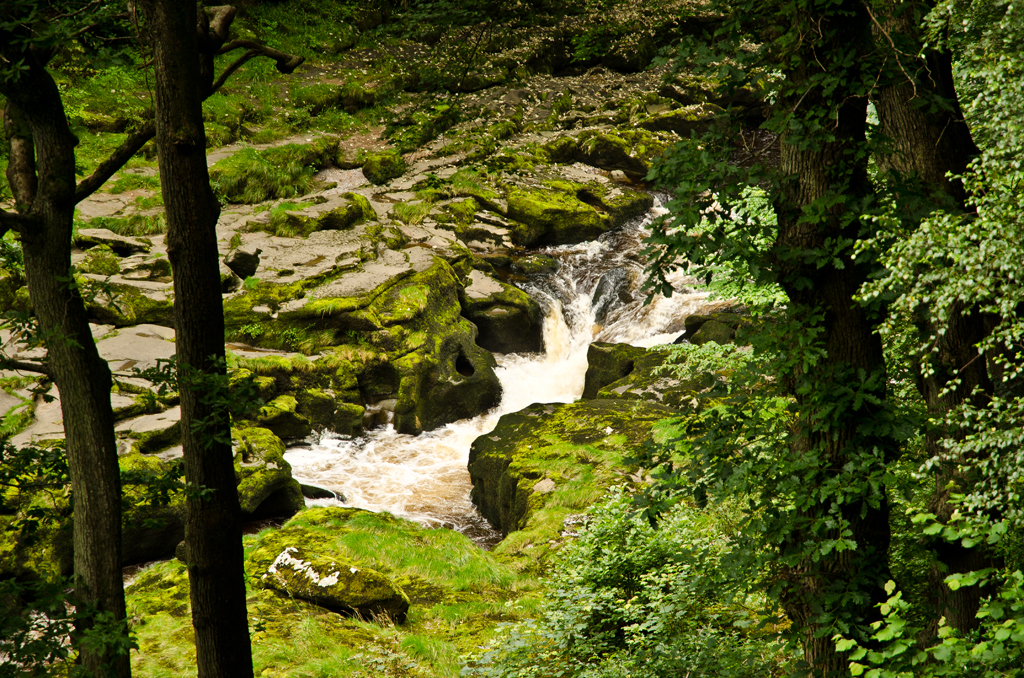 SG2012, CC BY 2.0, Wikimedia Commons
SG2012, CC BY 2.0, Wikimedia Commons
Lake Kivu
Rwanda
Lake Kivu is located along the border of Rwanda and the Democratic Republic of Congo. It is one of the Great Lakes of Africa. With its many little islands, this seemingly tranquil body of water is painfully inviting to visitors who want nothing more than to take a quick dip in the serene waters.
But under the surface, something dangerous is bubbling.
Lake Kivu
Due to tectonic action in the Great Rift Valley, gasses bubble into this lake. They would normally dissipate, except that Lake Kivu is so deep—up to 1,500 feet at its deepest spot—so the gasses stay bubbling down below.
The biggest problem is that with even minor volcanic action, the areas beneath the gas bubbles could explode at any minute.
Lake Kivu is of great interest to scientists—but swimmers should stay far away.
The Boiling Lake
Dominica
Morne Trois Pitons National Park is a UNESCO world heritage site located on the stunning Caribbean Island of Dominica.
A 6.5-mile hike from the capital of Roseau will take you to a large, steaming body of creamy blue water surrounded by luscious green mountains.
And while it is a common tourist attraction, visitors are strictly warned to stay back.
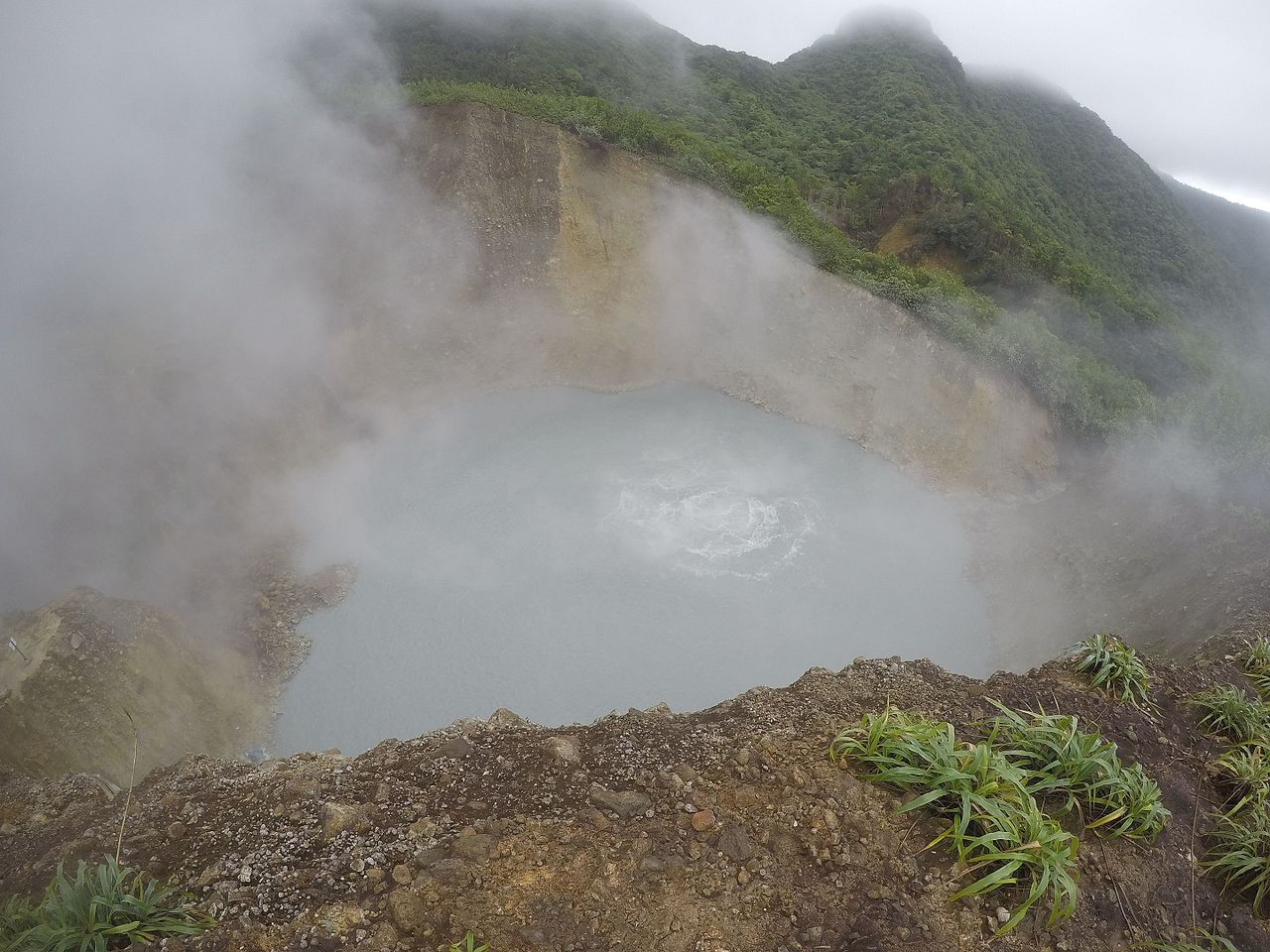 Bayukjdr, CC BY-SA 4.0, Wikimedia Commons
Bayukjdr, CC BY-SA 4.0, Wikimedia Commons
The Boiling Lake
As the name reveals, this “boiling lake” is exactly that—a lake full of boiling water. In fact, the water is around 195 degrees, hot enough to boil an egg.
The smaller streams that visitors will come across during the hike lead up to the lake, and are also boiling hot.
Visitors who have challenged the rules have ended up with severe burns on their hands and feet.
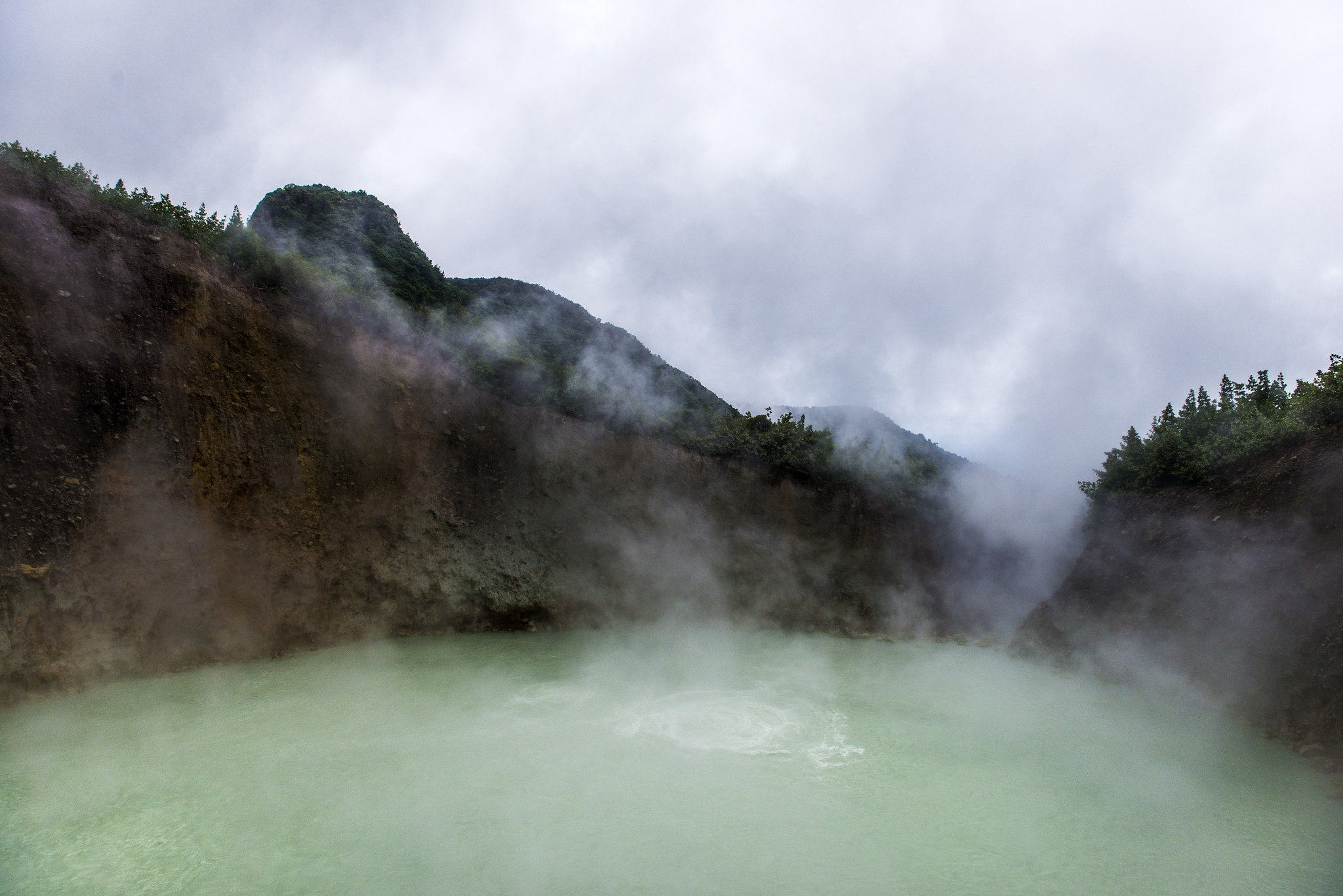 Göran Höglund (Kartläsarn), Flickr
Göran Höglund (Kartläsarn), Flickr
Rio Tinto
Spain
Rino Tinto is a red-colored river that runs through Andalusia in southwestern Spain. Aside from the rusty red color, the water looks harmless. Surrounded by mountainous greenery, the river is quite inviting.
But the red color serves as a red flag.
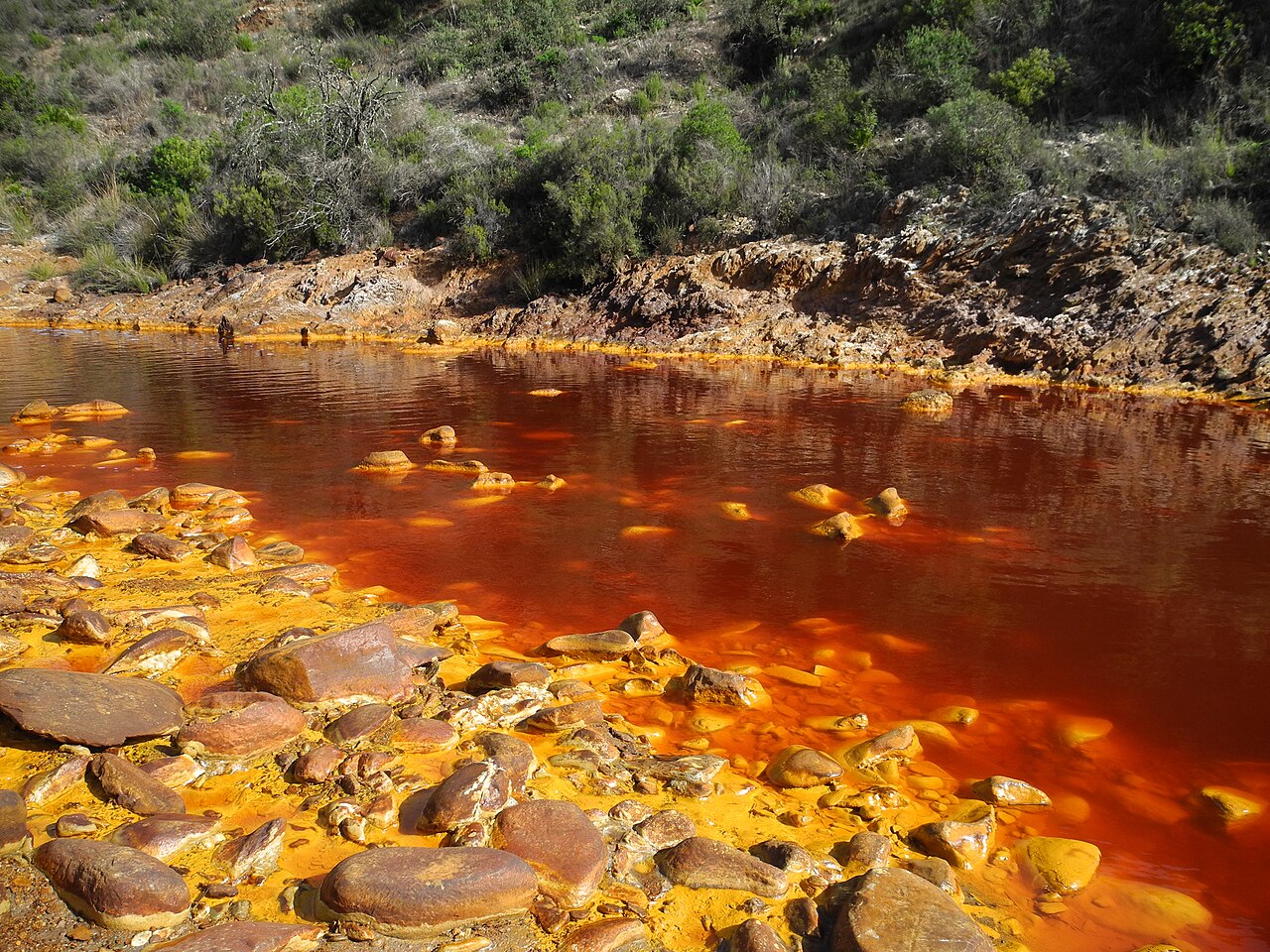 LBM1948, CC BY-SA 4.0, Wikimedia Commons
LBM1948, CC BY-SA 4.0, Wikimedia Commons
Rio Tinto
Rio Tinto gets its orangey-red hue from running through the countryside that is rich in minerals—specifically where copper, silver, and iron have been mined for over 5,000 years.
The iron salts and sulfates give it the red color, but the very low pH of 1.7-2.5 means high acidity.
Plants won’t grow in or around the water, but anaerobic bacteria do—which is what makes it unsafe for humans.
Daintree River
Queensland, Australia
The Daintree River is an incredibly beautiful river that borders the Daintree Rainforest—the oldest rainforest in the world.
Surrounded by luscious green rainforest and bright blue skies, the long and winding Daintree River appears calm as can be on the surface—but there are dangers lurking below.
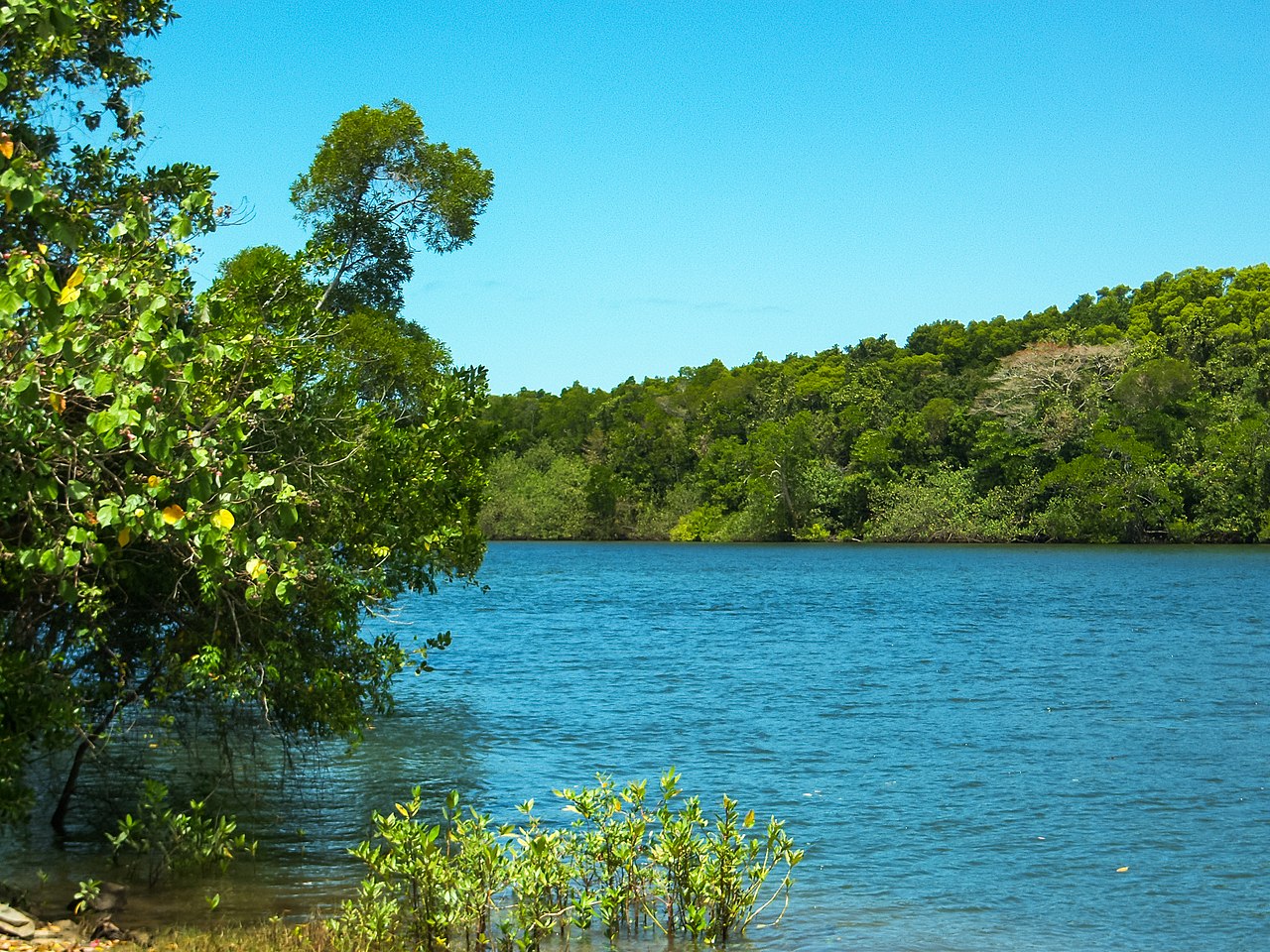 dronepicr, CC BY 2.0, Wikimedia Commons
dronepicr, CC BY 2.0, Wikimedia Commons
Daintree River
Much like the rainforest itself, the river is a diverse habitat filled with creatures, big and small. Most notably, however, are the saltwater crocodiles.
These crocs are enormous and incredibly fast—and the river is packed with them.
When visitors are waiting for the little ferry car to take them across, they are strictly warned to stand far, far back from the water’s edge. Crocs as big as 23 feet long and 2,200 pounds can come out at an alarming speed straight for you.
Jacob’s Well
Texas
Jacob’s Well in Texas is absolutely beautiful. It’s a deep hole in the ground with crystal clear water that is a steady temperature of 68 degrees Fahrenheit year-round.
While this swimming hole is a haven during the stifling Texas summer heat, it poses a threat that many people think is a made-up danger. But we can assure you, it’s real.
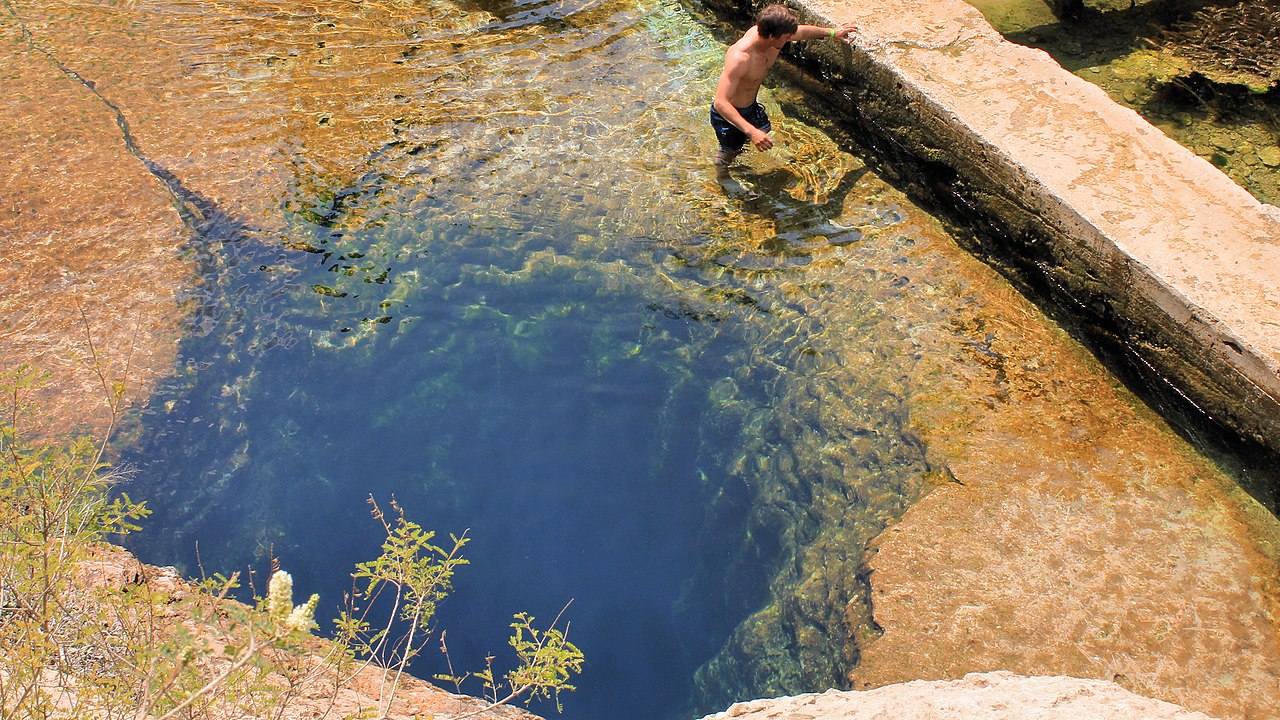 Larry D. Moore, CC BY 4.0, Wikimedia Commons
Larry D. Moore, CC BY 4.0, Wikimedia Commons
Jacob’s Well
The problem with Jacob’s Well is that it is extremely deep. So, while casual swimmers up top are safe, those who choose to dive and explore are unknowingly taking a big risk.
Not only is it 137 feet deep, but Jacob’s Well is also the entry point to a vast but narrow cave system that extends into a maze for thousands of feet.
Hundreds of divers have gone down and not come back up.
Horseshoe Lake
California
Horseshoe Lake is located at the base of the Mammoth Mountains, one of the country’s largest volcanic regions.
The Lake is a tranquil paradise, surrounded by tall, green pine trees with a snow-capped mountain backdrop.
But the calm, clear waters pose an unsuspecting risk that are not immediately obvious to visitors.
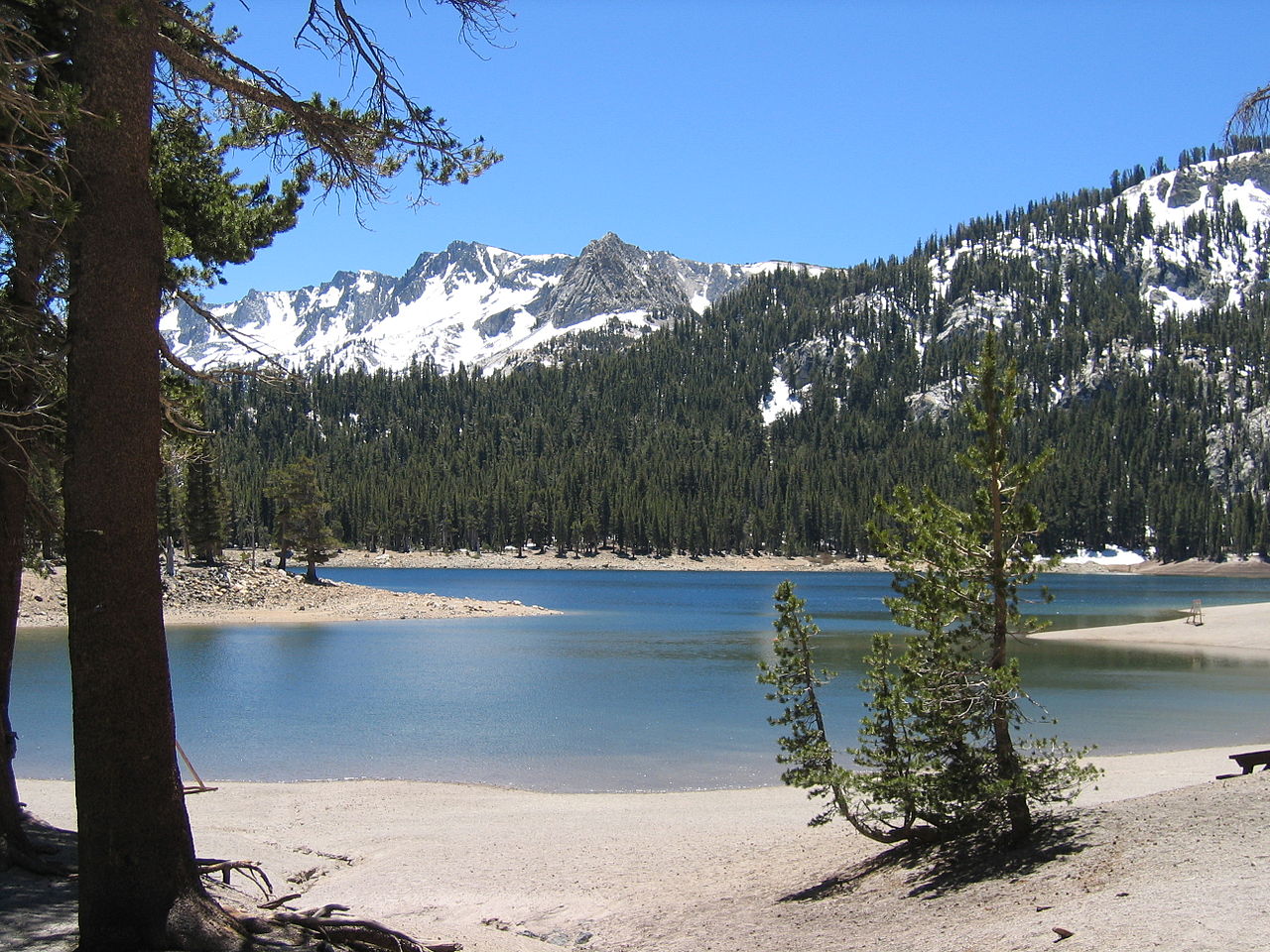 Allen M Chen, CC BY-SA 3.0, Wikimedia Commons
Allen M Chen, CC BY-SA 3.0, Wikimedia Commons
Horseshoe Lake
Due to the volcanic activity, the lake and surrounding area emit exceedingly high levels of carbon dioxide. While it is naturally found in our air, high levels of 10 to 20% can be deadly.
Around Horseshoe Lake, the carbon dioxide levels sometimes reach 98%.
Hanakapiai Beach
Hawaii
The Kauai Nā Pali Coast is known for its breathtaking vistas and picturesque beaches. With stunning blue waters as far as the eye can see, this Hawaiian oasis is more dangerous than you could imagine.
A somber wooden sign stands on the sand as a grim reminder of the perilous secret in Hanakapiai Beach.
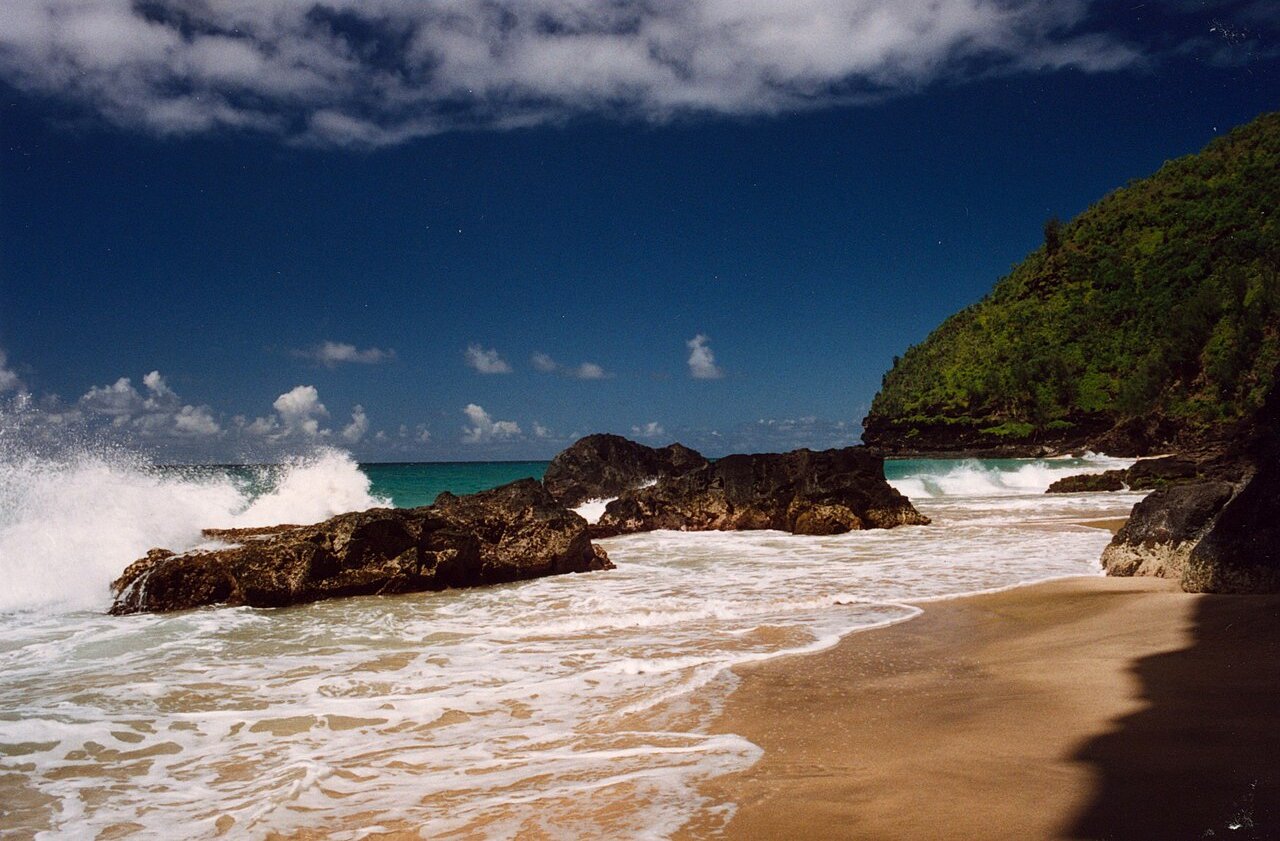 Jeff Kubina, CC BY-SA 2.0, Wikimedia Commons
Jeff Kubina, CC BY-SA 2.0, Wikimedia Commons
Hanakapiai Beach
The incredible allure of this beach continues to draw in many visitors each year who ignore the little wooden sign that eerily keeps count of the lives lost on that very beach, urging others to admire the view without succumbing to the temptations of the waves.
Even still, several people each year lose their lives attempting to surf the massive waves notorious for powerful rip currents and fatal shore breaks.
Lake Karachay
Russia
It depends on where exactly you are along the water, but for the most part, Lake Karachay may look like a typical lake. Surrounded by forests and trails, it can be just as inviting as any other body of water.
However, Lake Karachay is known as the most polluted spot on Earth. And all who live near it are well aware of the dangers.
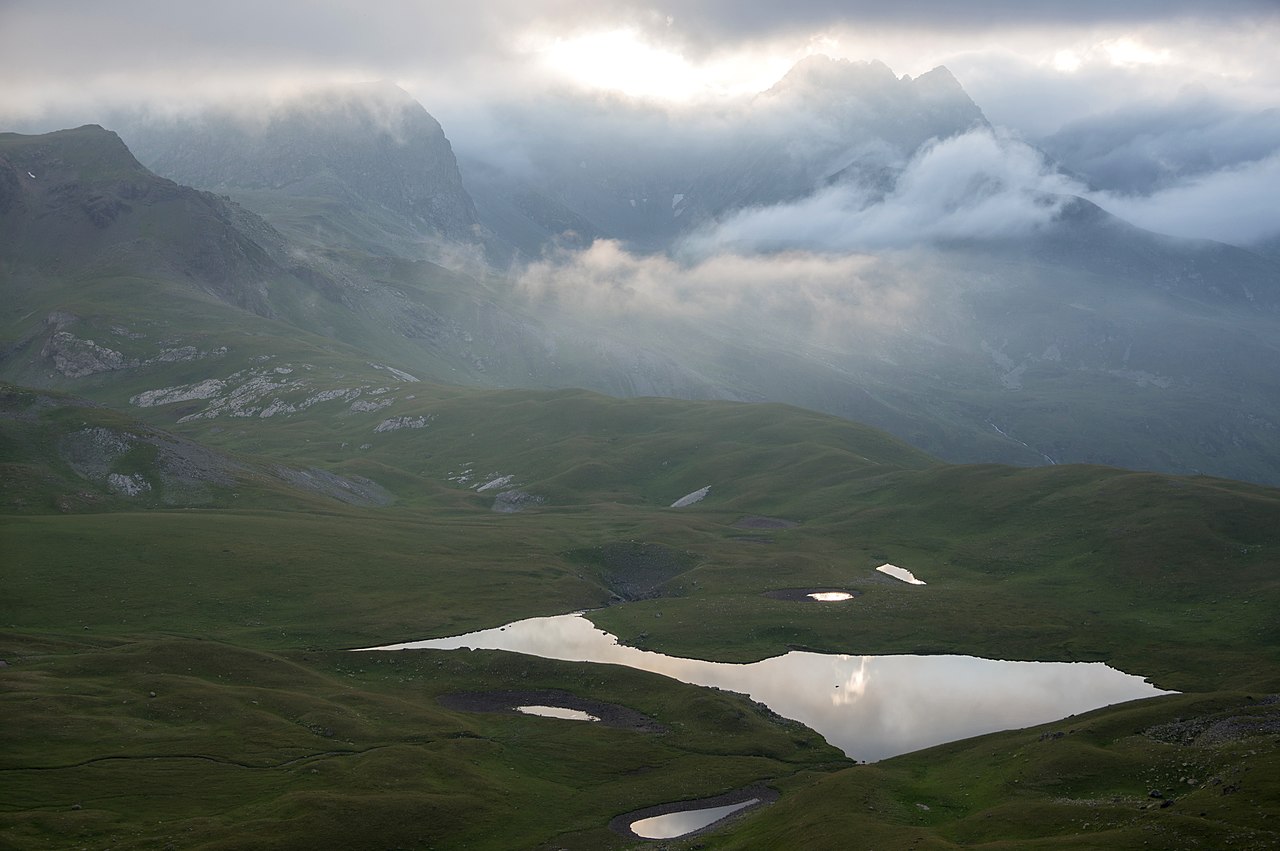 Vyacheslav Argenberg, CC BY 4.0, Wikimedia Commons
Vyacheslav Argenberg, CC BY 4.0, Wikimedia Commons
Lake Karachay
Back in the 1950s, this lake was the receptacle for radioactive waste, resulting in a long legacy of contamination and illness.
The radiation levels are so high that exposure can be fatal within a mere hour.
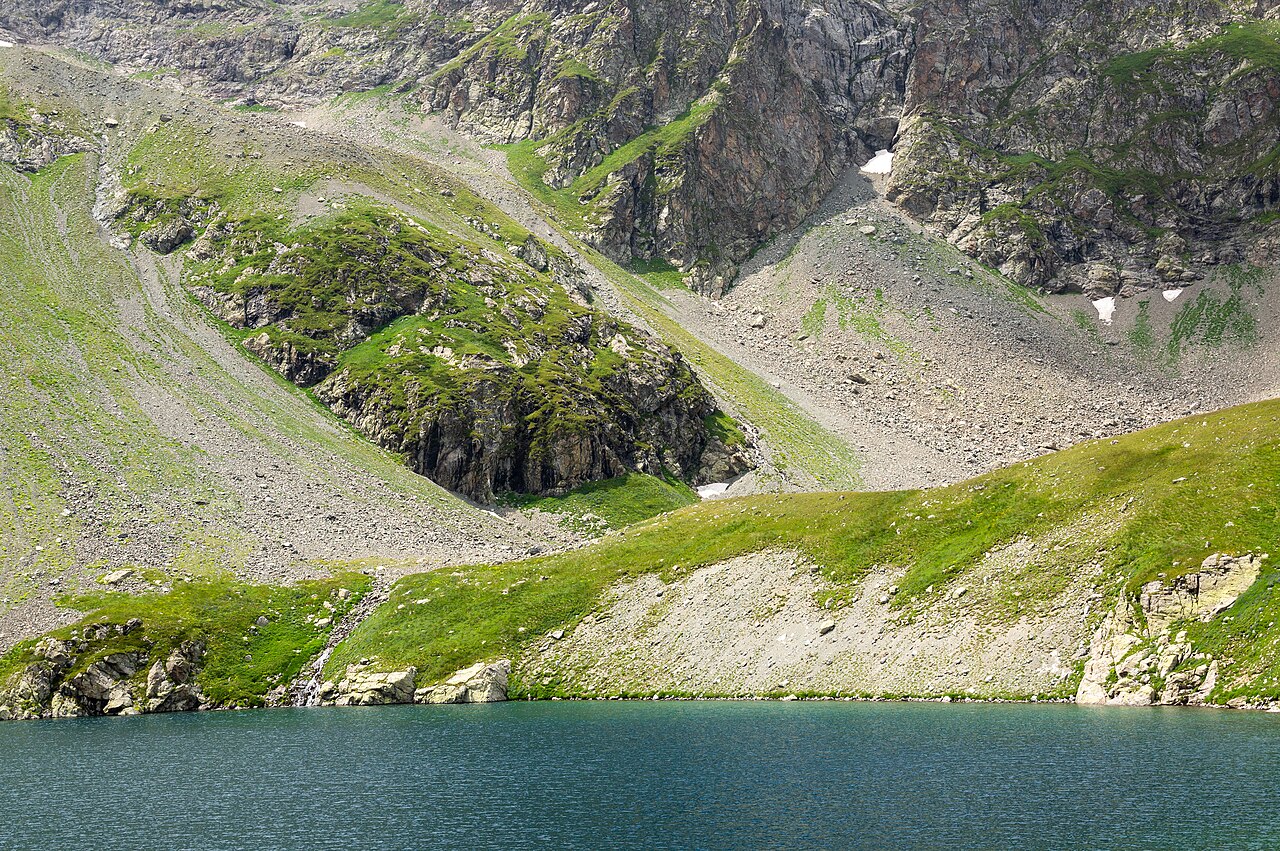 Vyacheslav Argenberg, CC BY 4.0, Wikimedia Commons
Vyacheslav Argenberg, CC BY 4.0, Wikimedia Commons
Blue Hole
Dahab
The Blue Hole in Dahab is a mesmerizing, bright blue body of water on the Sinai Peninsula’s east coast. This alluring body of water lures in visitors with its stunning views and inviting color.
But the Blue Hole has a nickname that hints at its unseen dangers—"Diver’s Cemetery".
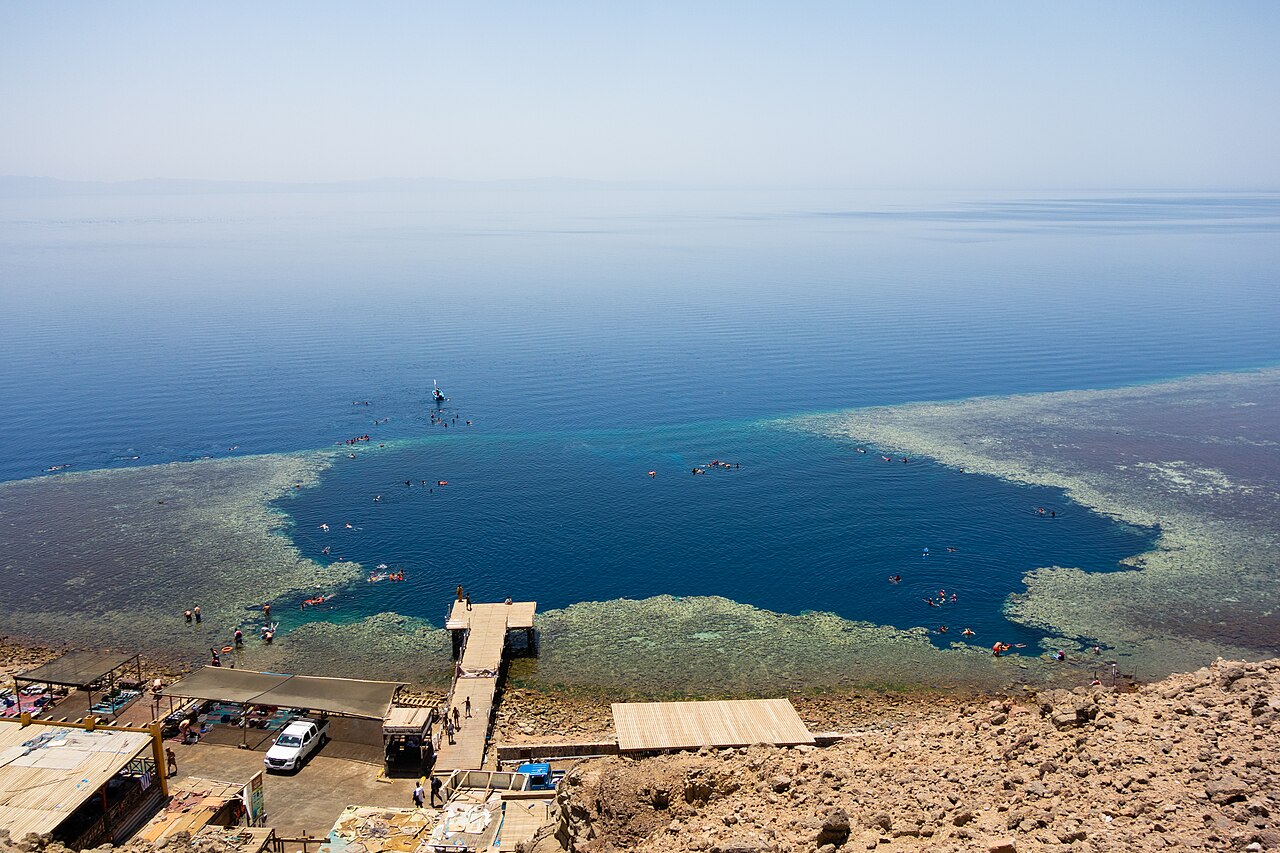 Petar Milošević, CC BY-SA 4.0, Wikimedia Commons
Petar Milošević, CC BY-SA 4.0, Wikimedia Commons
Blue Hole
As with many blue holes, this one has a reputation for taking lives, specifically, those who choose to explore its depths.
With a whopping deep abyss of 394 feet, this diving hole is dangerous for even the most experienced divers. In recent years, there have been nearly 200 deaths—which is why it is now considered to have the most diver fatalities in the world.
The shoreline is marked with haunting memorials dedicated to those who perished, serving as a grim reminder to those who dare to take on its depths.
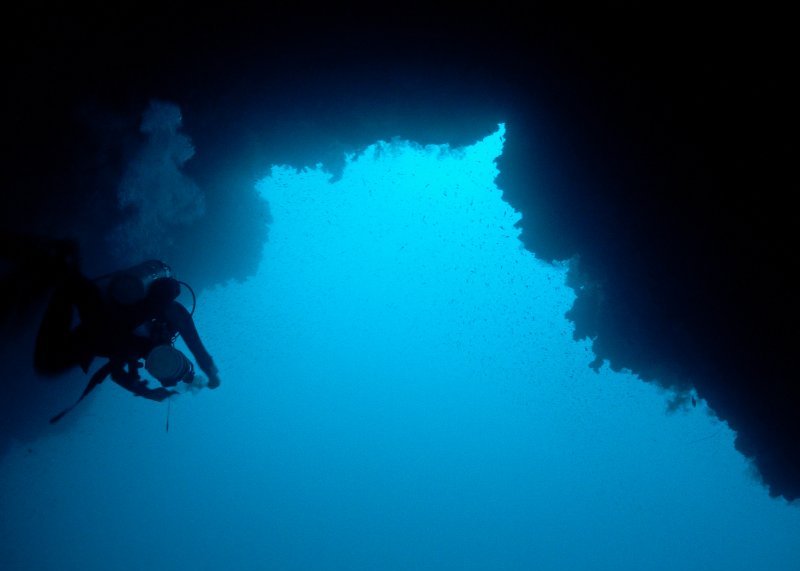 Tommi Salminen, CC BY-SA 3.0, Wikimedia Commons
Tommi Salminen, CC BY-SA 3.0, Wikimedia Commons
Gansbaai Beaches
South Africa
The beaches around Gasbaai in South Africa are becoming quite the tourist attraction. The stunning coastline offers incredible views with rocky shores, distant mountains, and wavy blue waters.
But what’s making these beaches popular is not the beauty.
Gansbaai Beaches
The beaches along the Gansbaai channel have been ominously named Shark Valley, for their dense population of great white sharks.
The coastline has one of the largest populations of great white sharks in the world, which are one of the species most likely to injure humans.
In fact, researchers have tracked at least 423 great white sharks in that specific area in recent years.
Visitors are urged to stay out of the water—unless of course they sign up for guided cage diving.
The Great Blue Hole Of Belize
Belize
Another blue hole that offers unmatched beauty and spectacular views is the The Great Blue Hole of Belize. It was once celebrated by Jacques Cousteau as one of the top diving destinations in the world—but its depths create a perfect storm that even top divers can’t navigate.
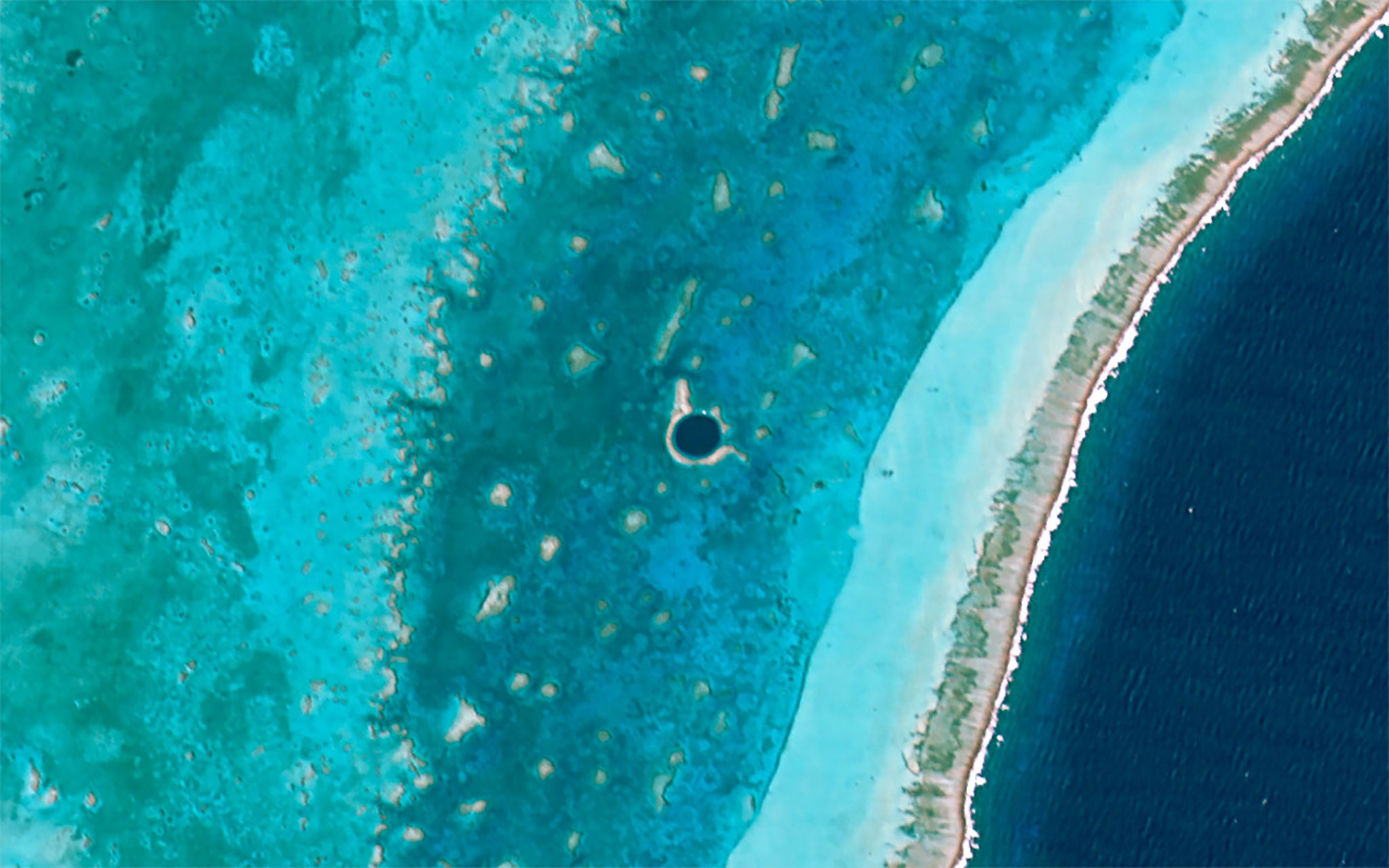 Axelspace Corporation, CC BY-SA 4.0, Wikimedia Commons
Axelspace Corporation, CC BY-SA 4.0, Wikimedia Commons
The Great Blue Hole Of Belize
Over 300 feet deep, this diving hole is a popular tourist attraction, welcoming many visitors daily. However, deep down inside, divers often come face to face with powerful currents and vortexes that make it impossible to retreat.
About half way down is a blanket of toxic gas, with absolutely no signs of life beneath it. The only things that have been found below the gas are a coke bottle, a lost Go-Pro, and the remains of dozens of divers who perished.
In fact, many of the bodies of divers who died in this blue hole have not been recovered due to severely unsafe conditions.
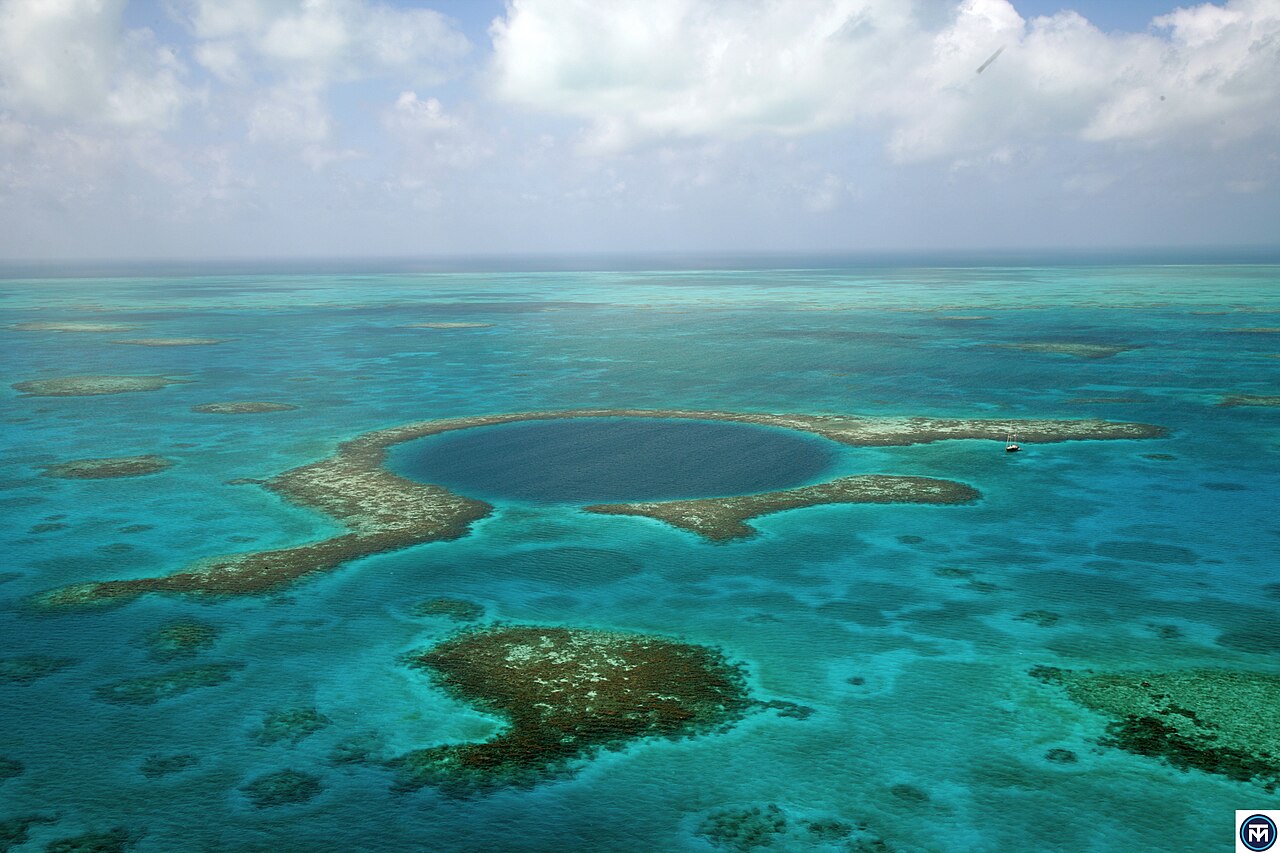 The TerraMar Project, CC BY 2.0, Wikimedia Commons
The TerraMar Project, CC BY 2.0, Wikimedia Commons
Queensland
Australia
Queensland’s waters are an impressive trove of natural wonders, including the Great Barrier Reef and Whitsundays. The setting couldn’t be more of a paradise—except that you can’t take in all of this beauty while submerging yourself in it.
These waters are far too dangerous to enter.
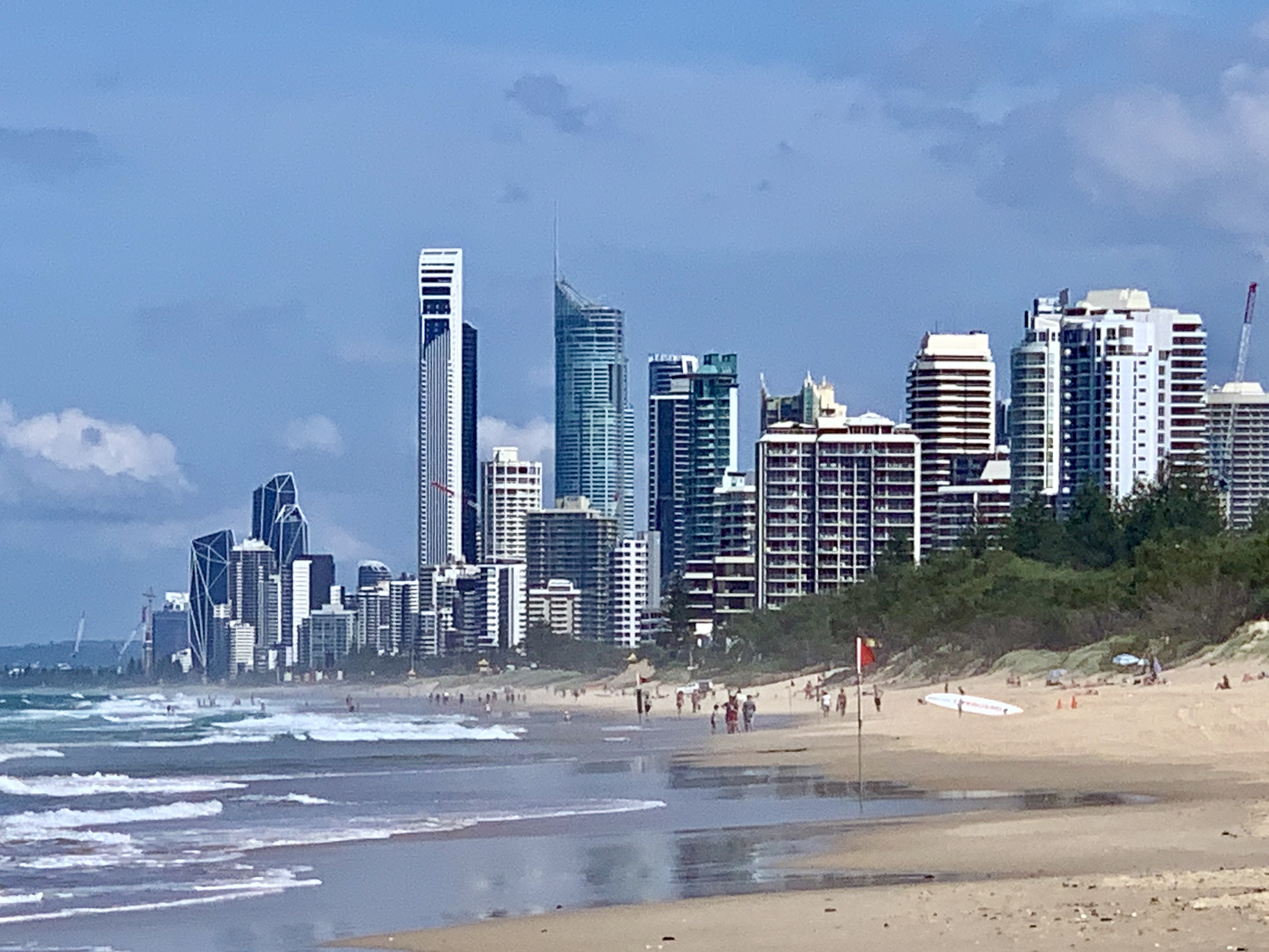 Kgbo, CC BY-SA 4.0, Wikimedia Commons
Kgbo, CC BY-SA 4.0, Wikimedia Commons
Queensland
The inviting blue waters are home to a daunting array of dangerous creatures including sharks, saltwater crocodiles, and venomous marine life like stonefish, blue-ringed octopus, and the deadly box jellyfish.
A simple brush with a box jellyfish can be fatal within minutes.
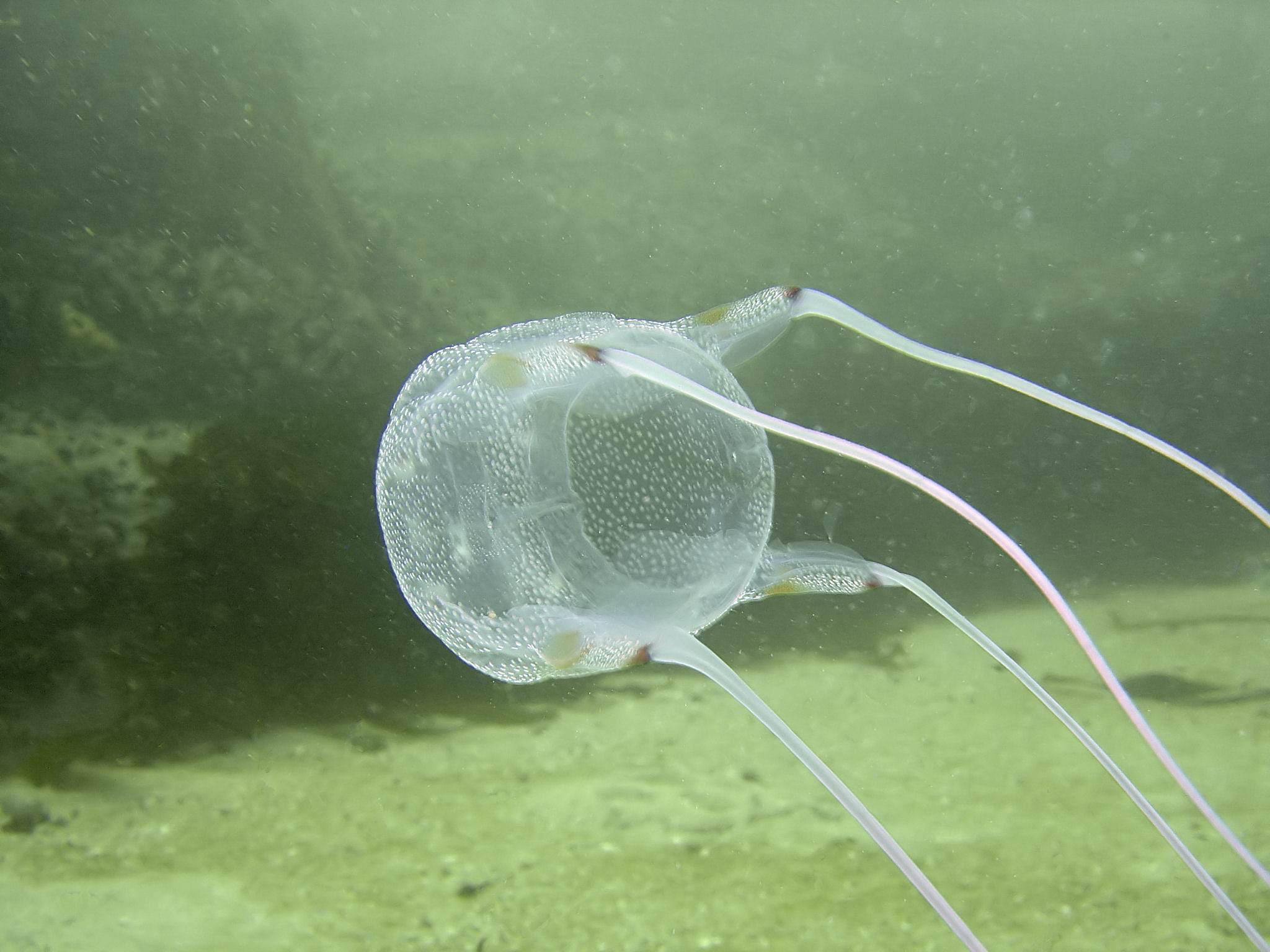 Peter Southwood, CC BY-SA 3.0, Wikimedia Commons
Peter Southwood, CC BY-SA 3.0, Wikimedia Commons
Lake Victoria
Africa
Lake Victoria is Africa’s largest lake and the world’s largest tropical lake. There are various beautiful spots along Lake Victoria that make it incredibly inviting to take a dip in.
But aside from seasoned locals, swimming is not recommended. More than a few dangers lurk inside the waters, some close to shore and others far out.
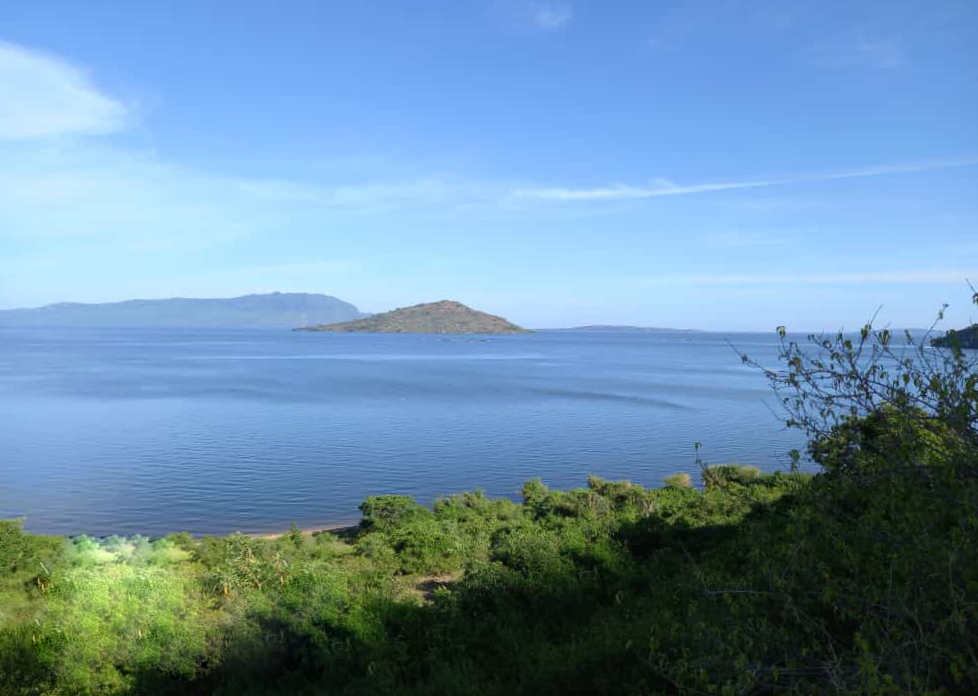 VickyOmondi, CC BY-SA 4.0, Wikimedia Commons
VickyOmondi, CC BY-SA 4.0, Wikimedia Commons
Lake Victoria
While Lake Victoria is an important water resource for millions of people, it is a very dangerous body of water for swimming.
Erratic weather conditions cause instant changes in water patterns, resulting in dangerous currents and powerful waves.
Not only that, the lake is teeming with dangerous wildlife, like hippos and crocodiles who are responsible for most of the 5,000 fatalities that occur each year on Lake Victoria.
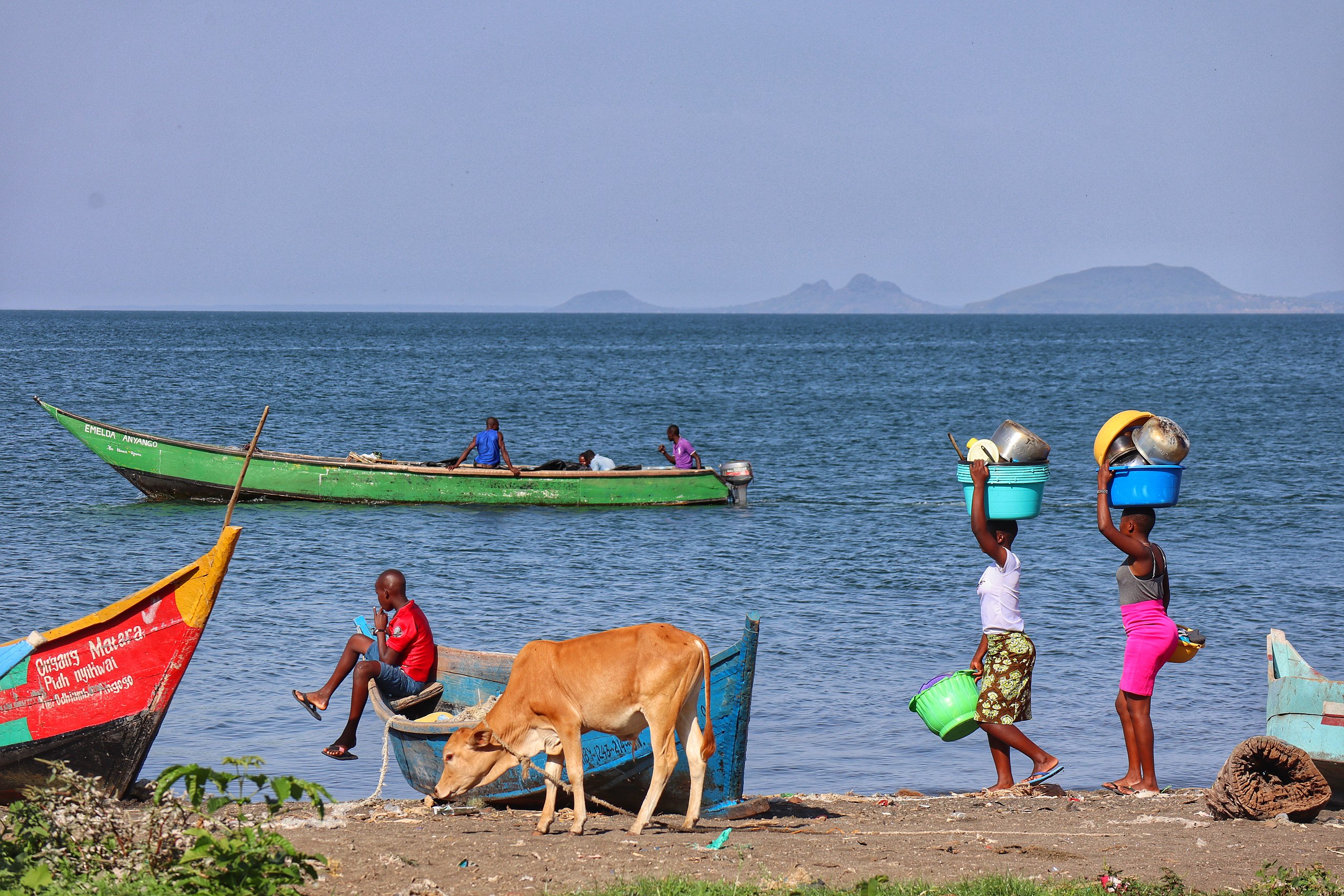 Mimistdm2021, CC BY-SA 4.0, Wikimedia Commons
Mimistdm2021, CC BY-SA 4.0, Wikimedia Commons

